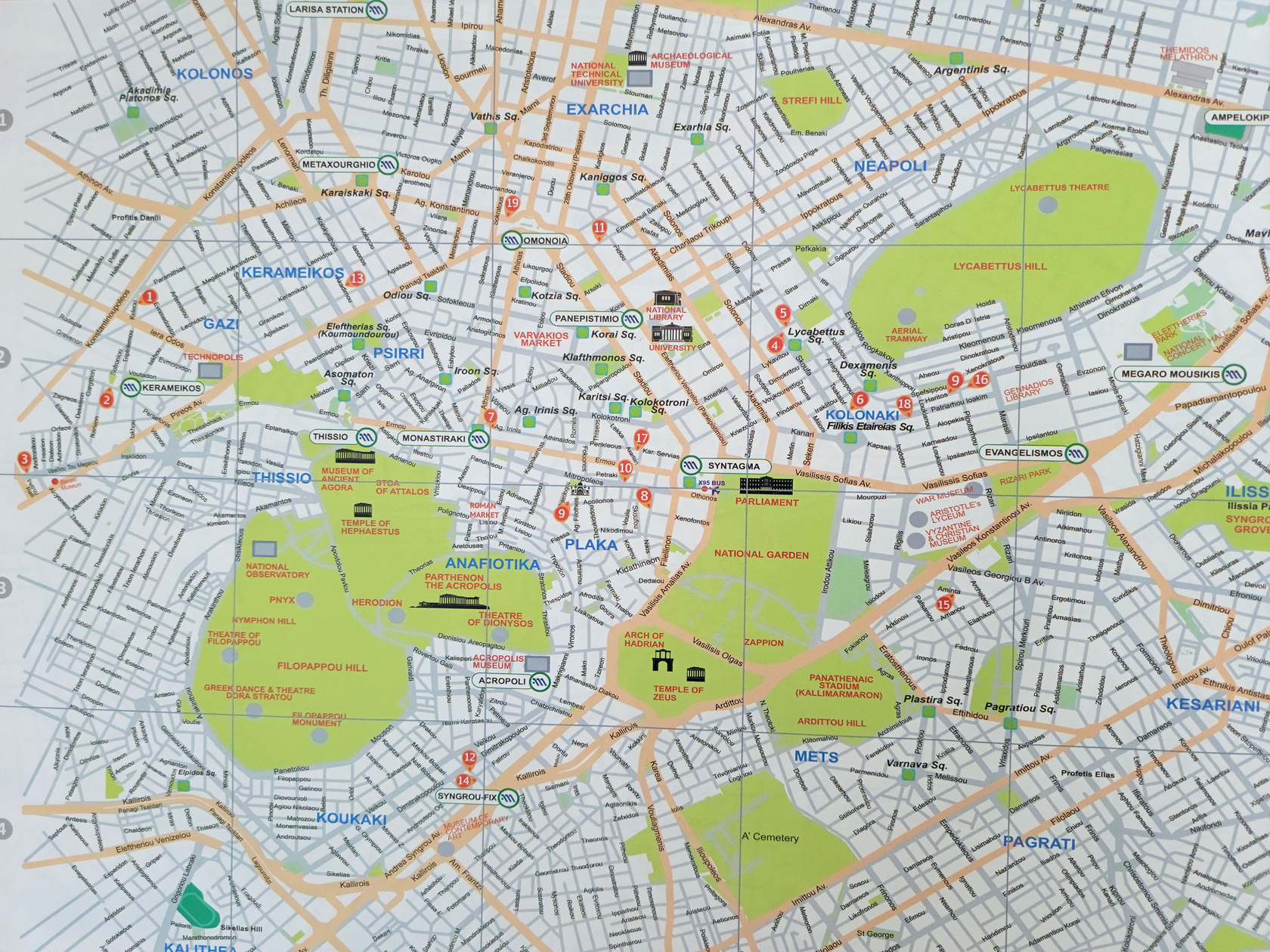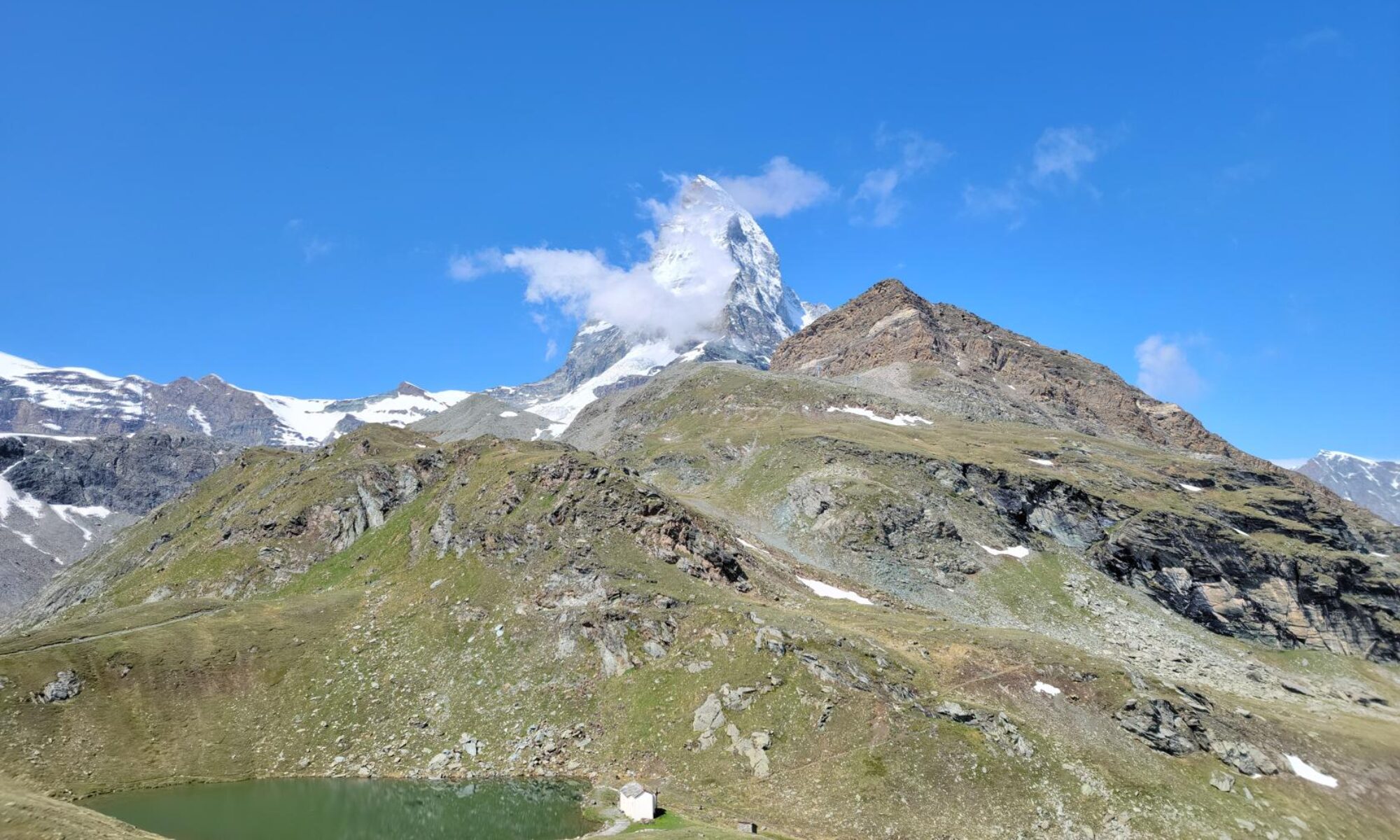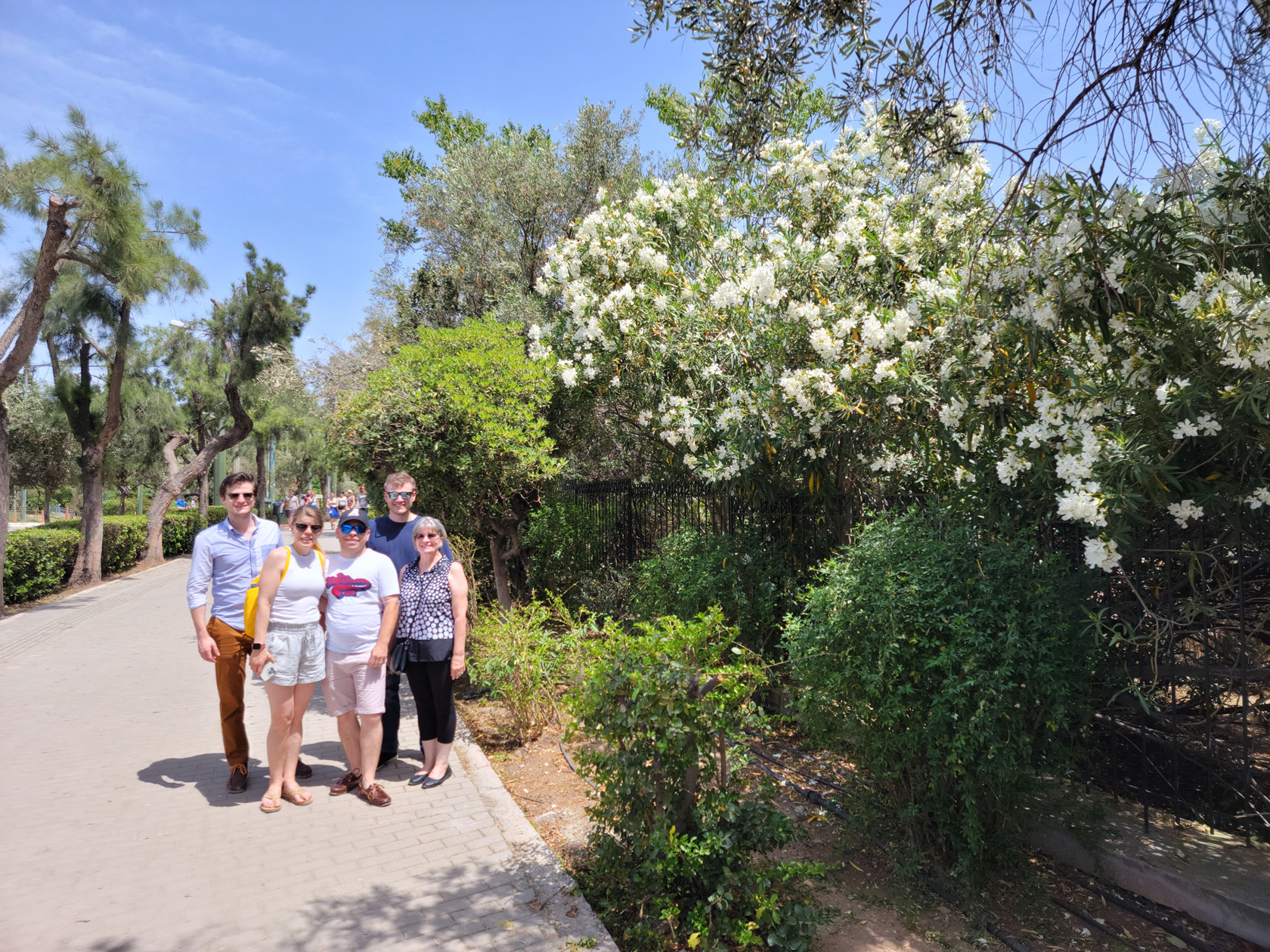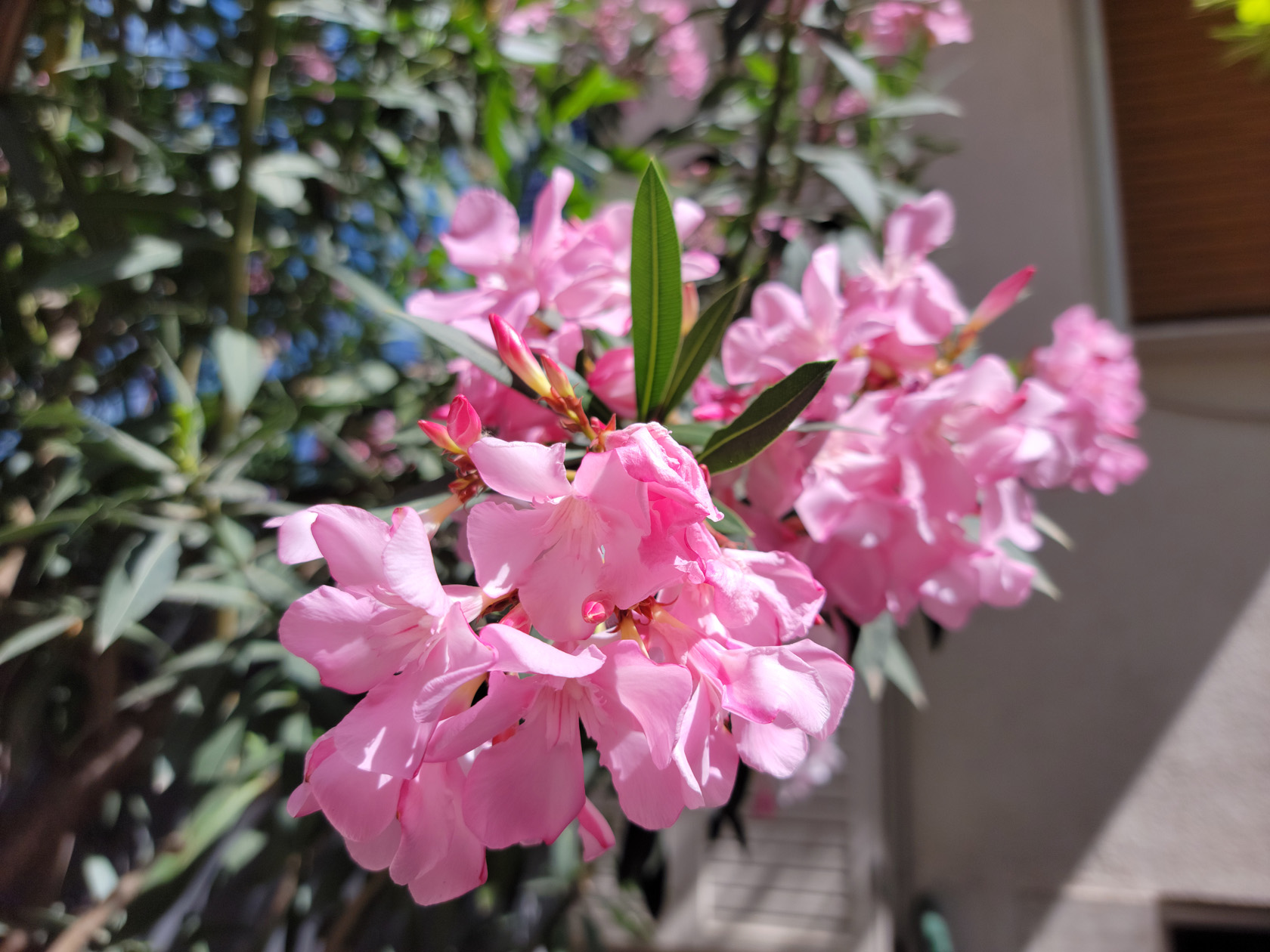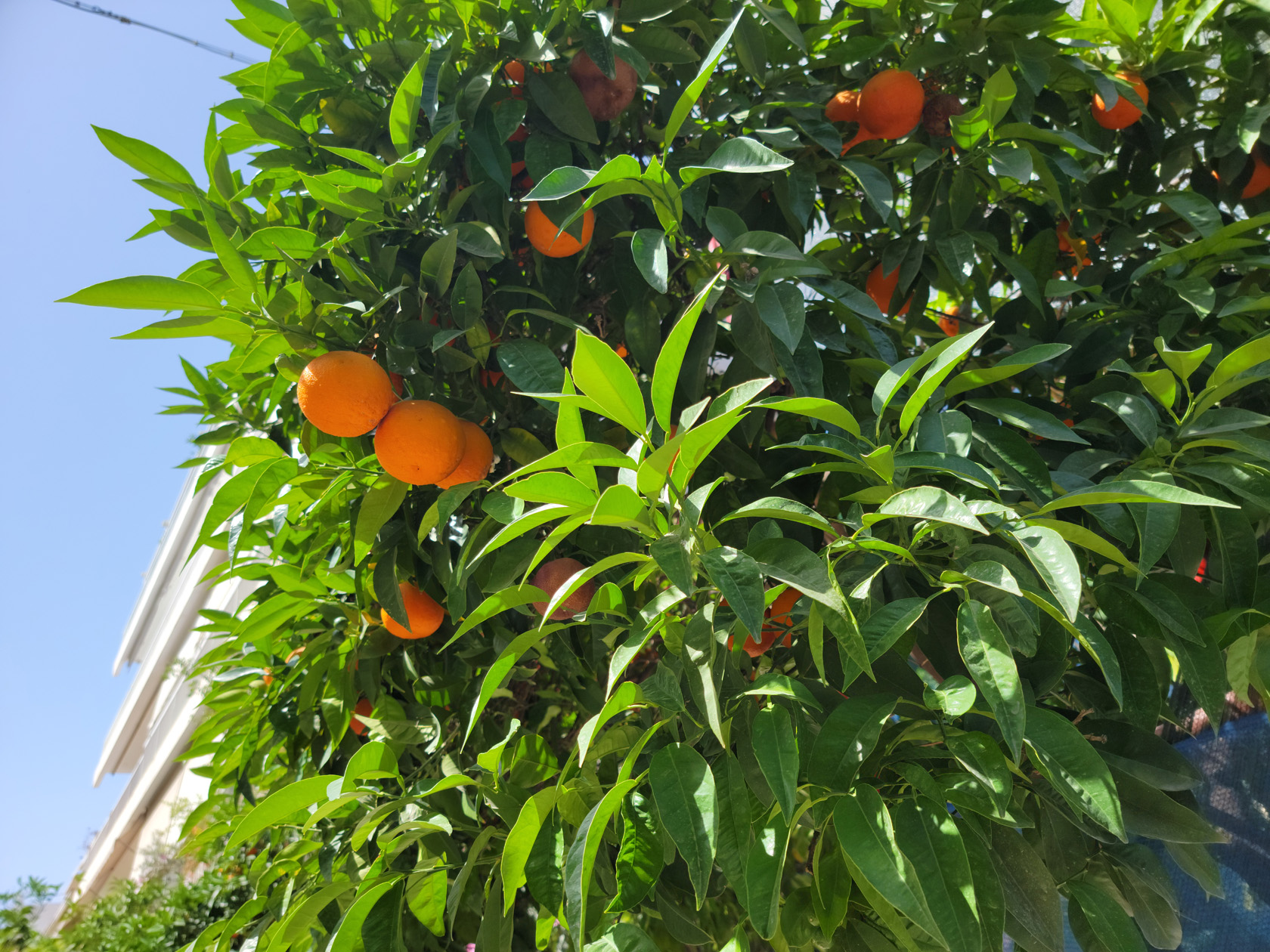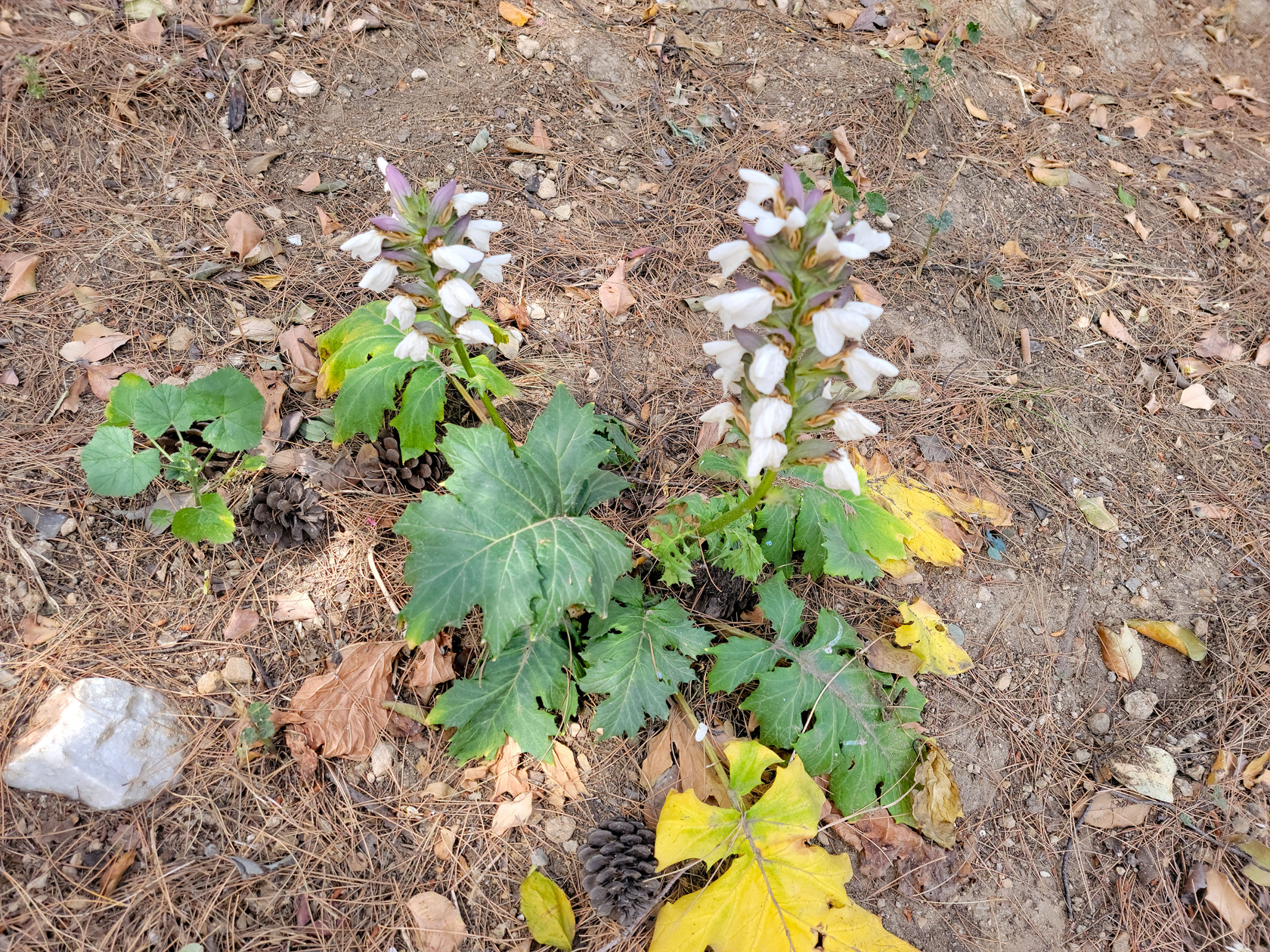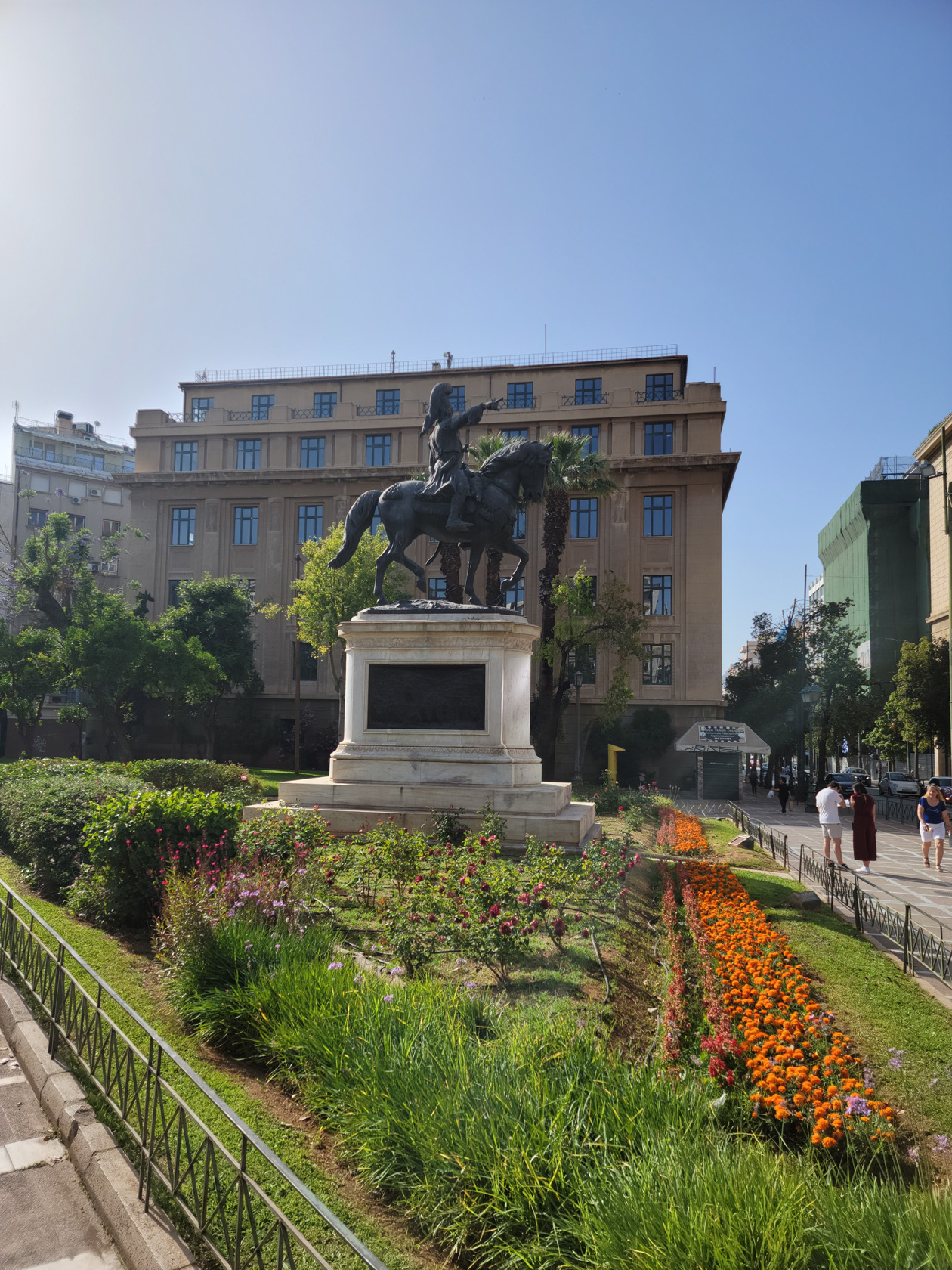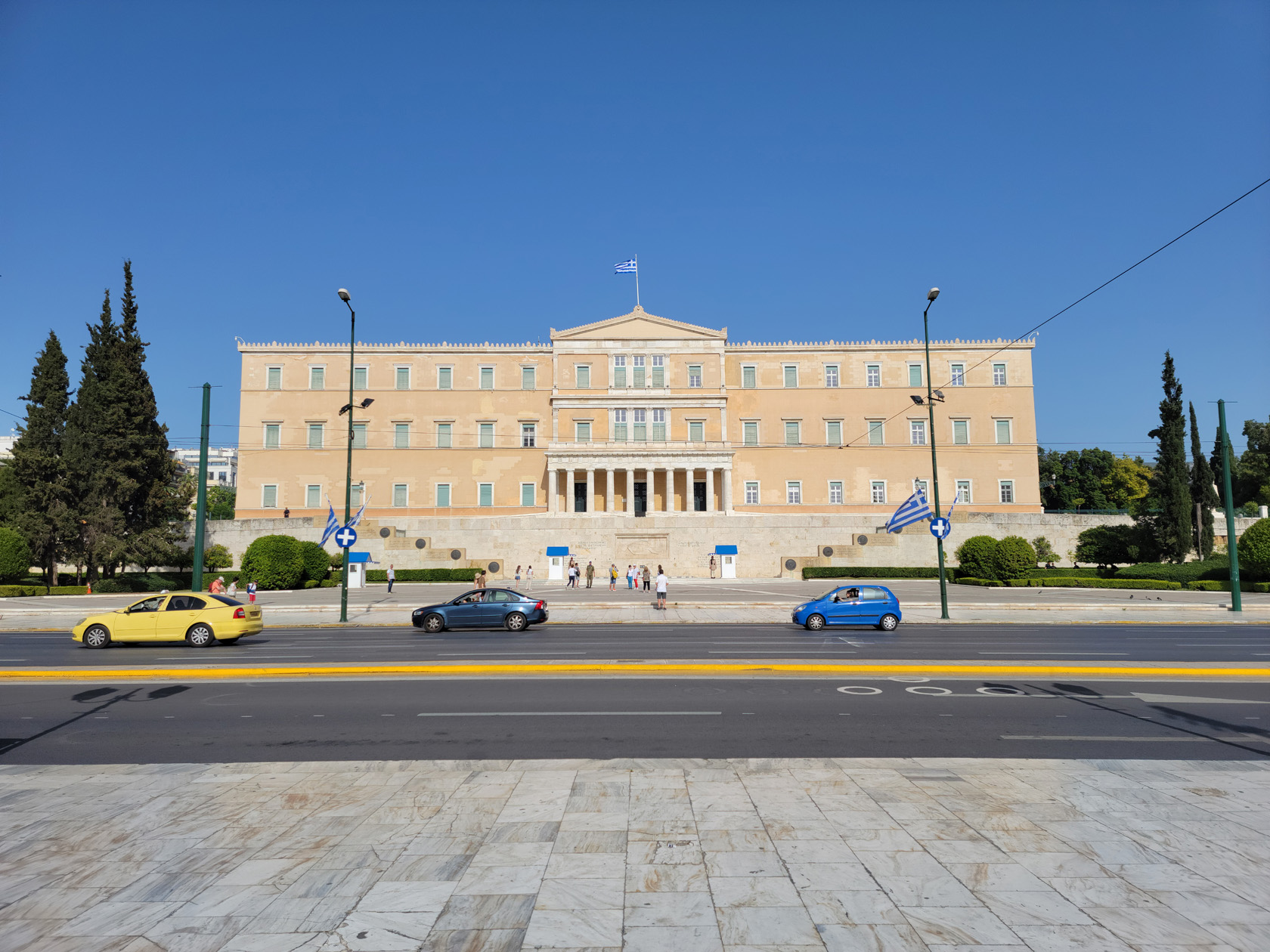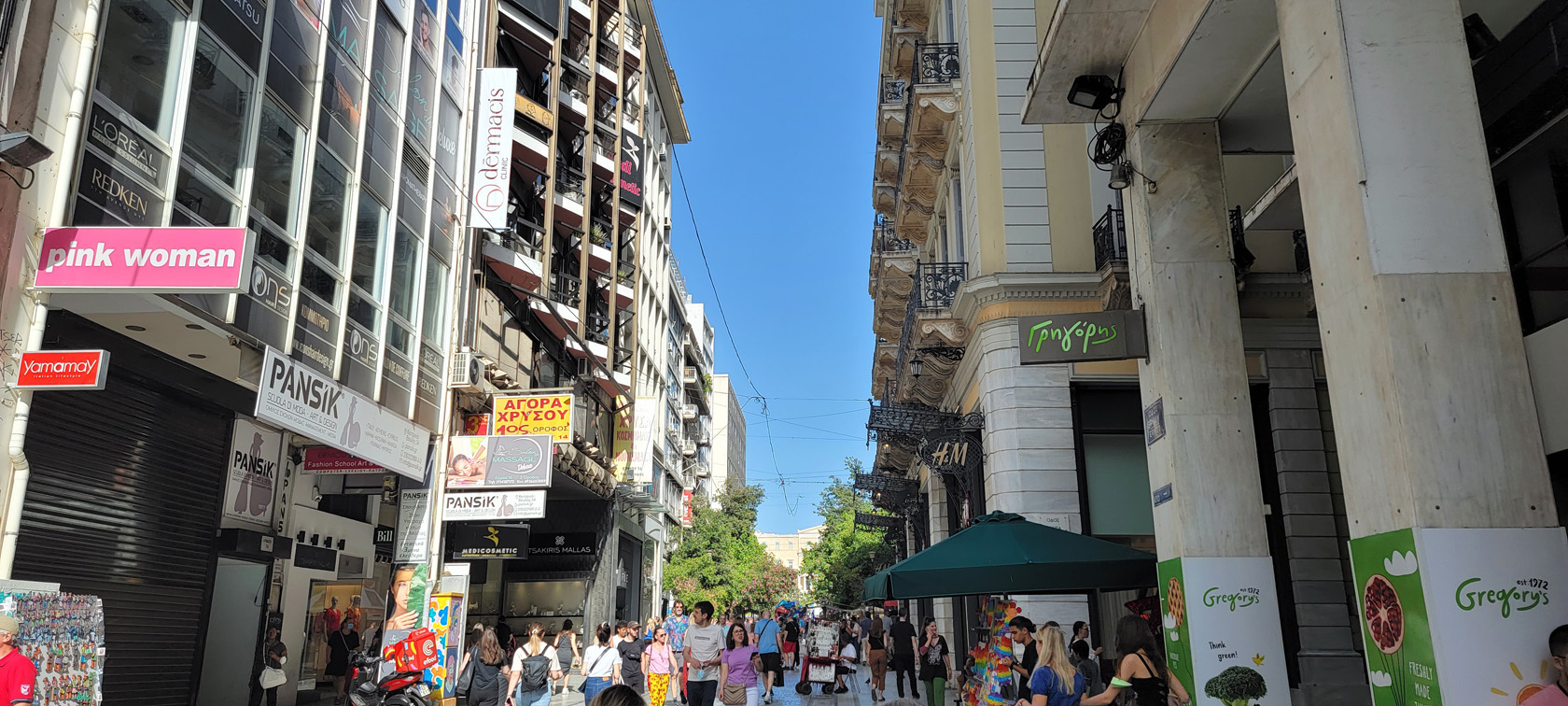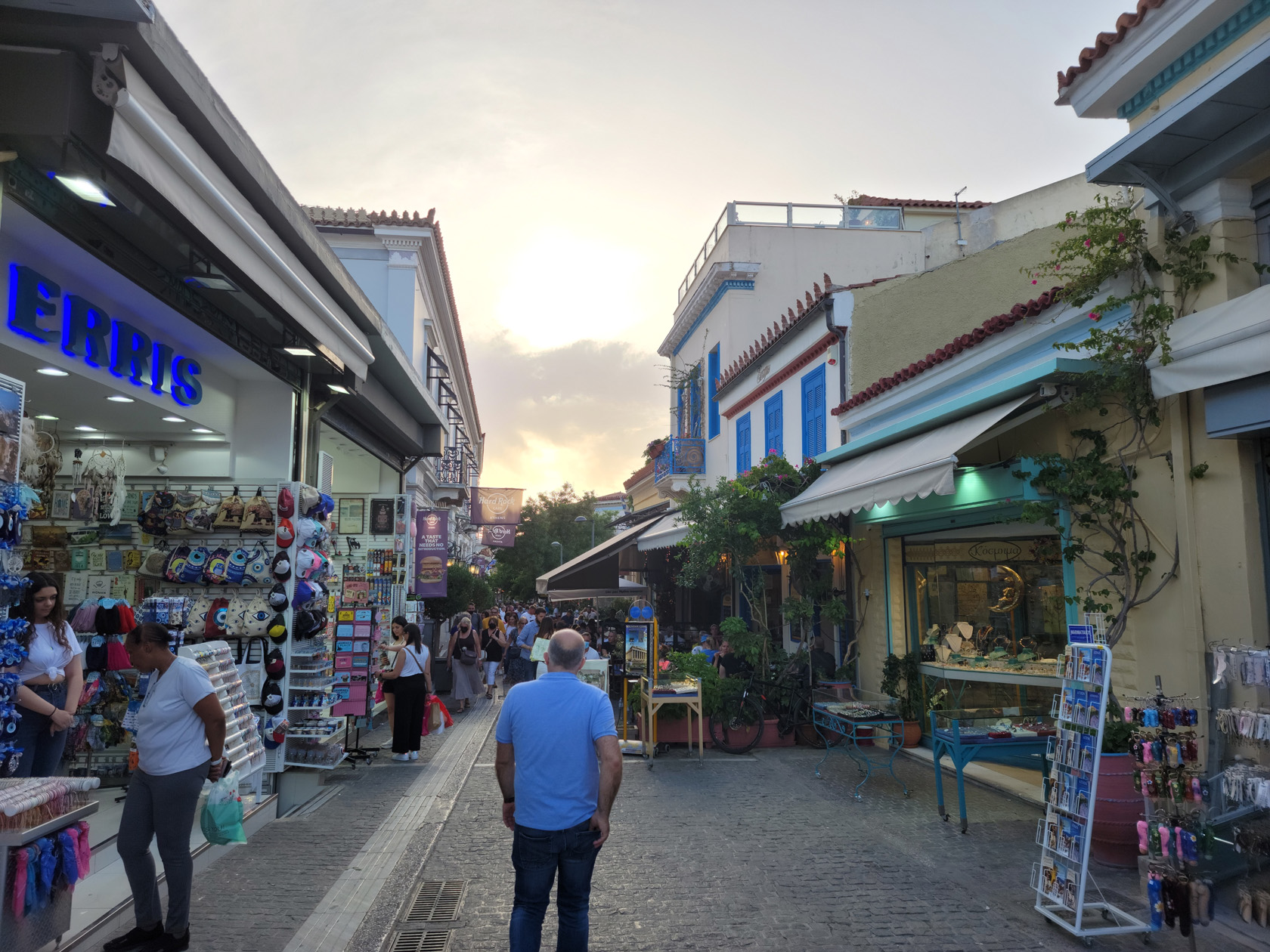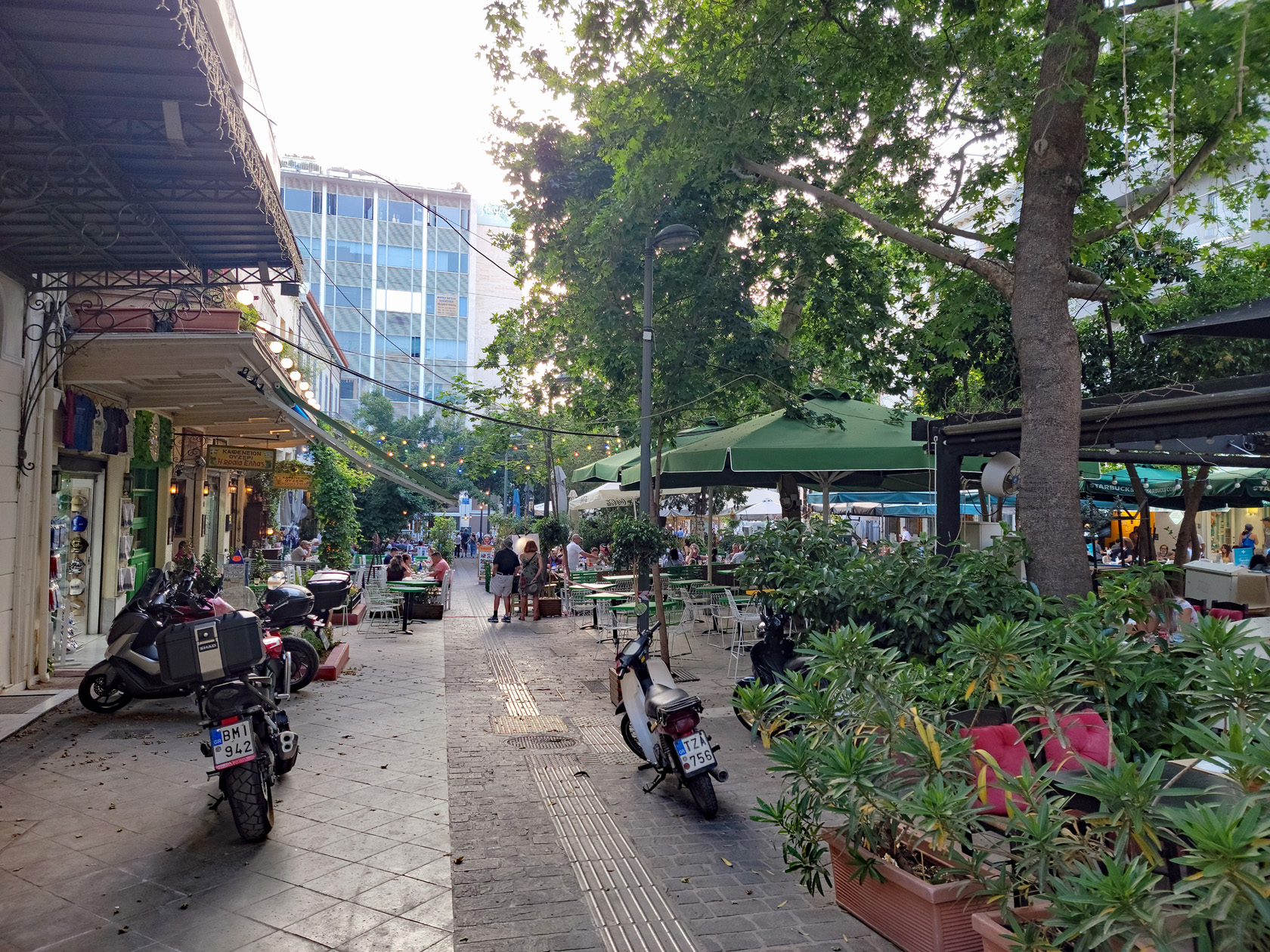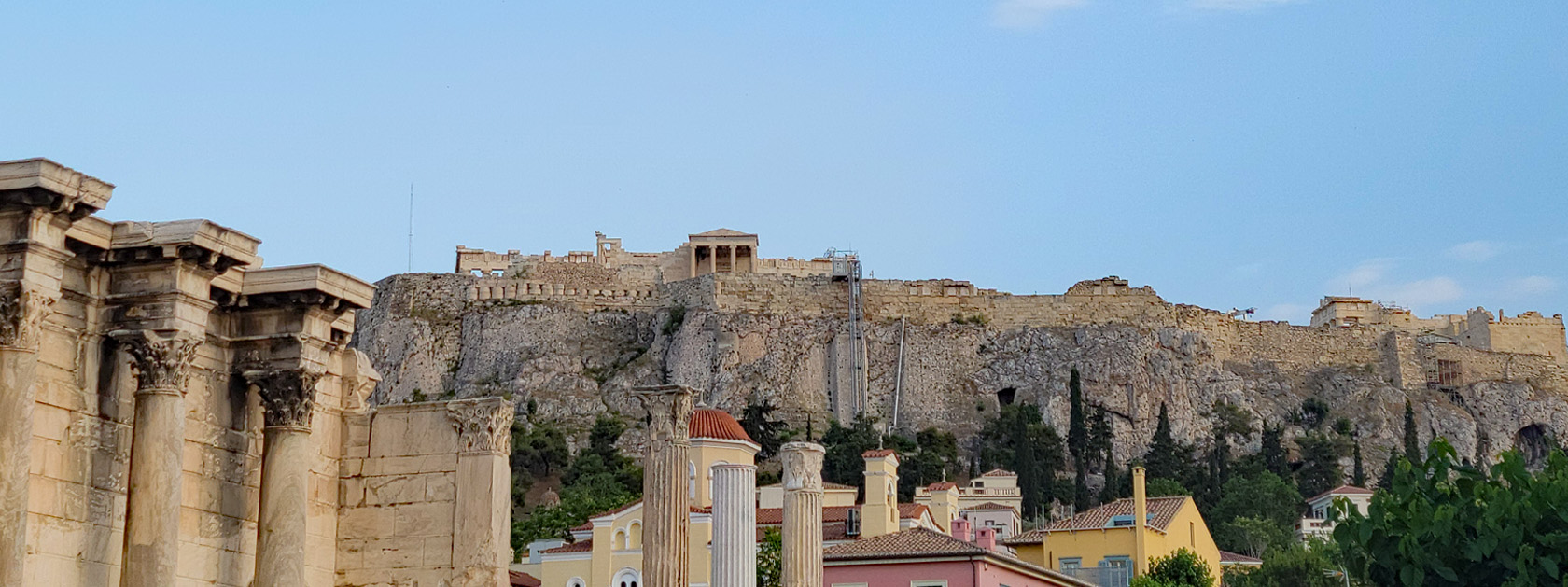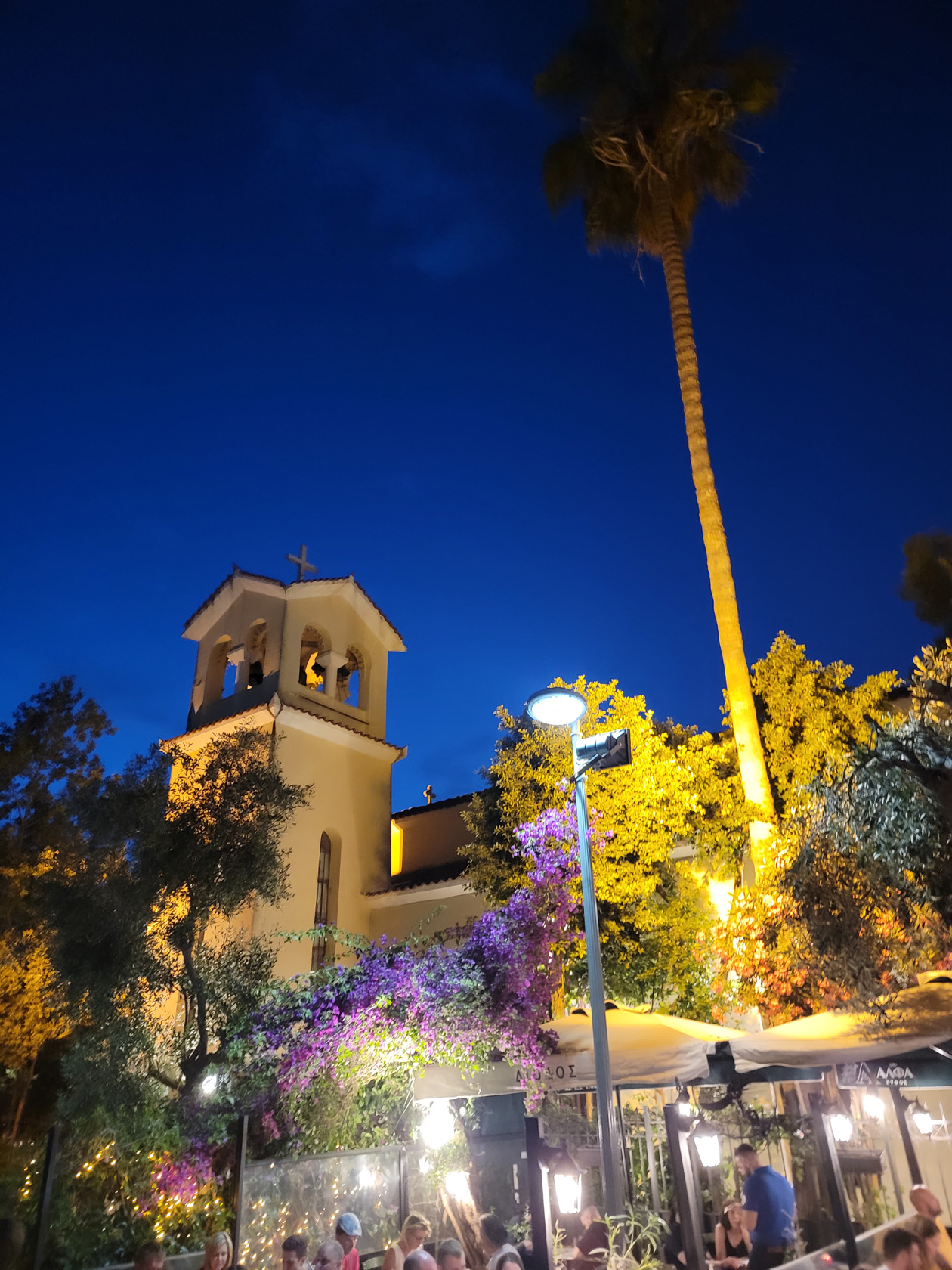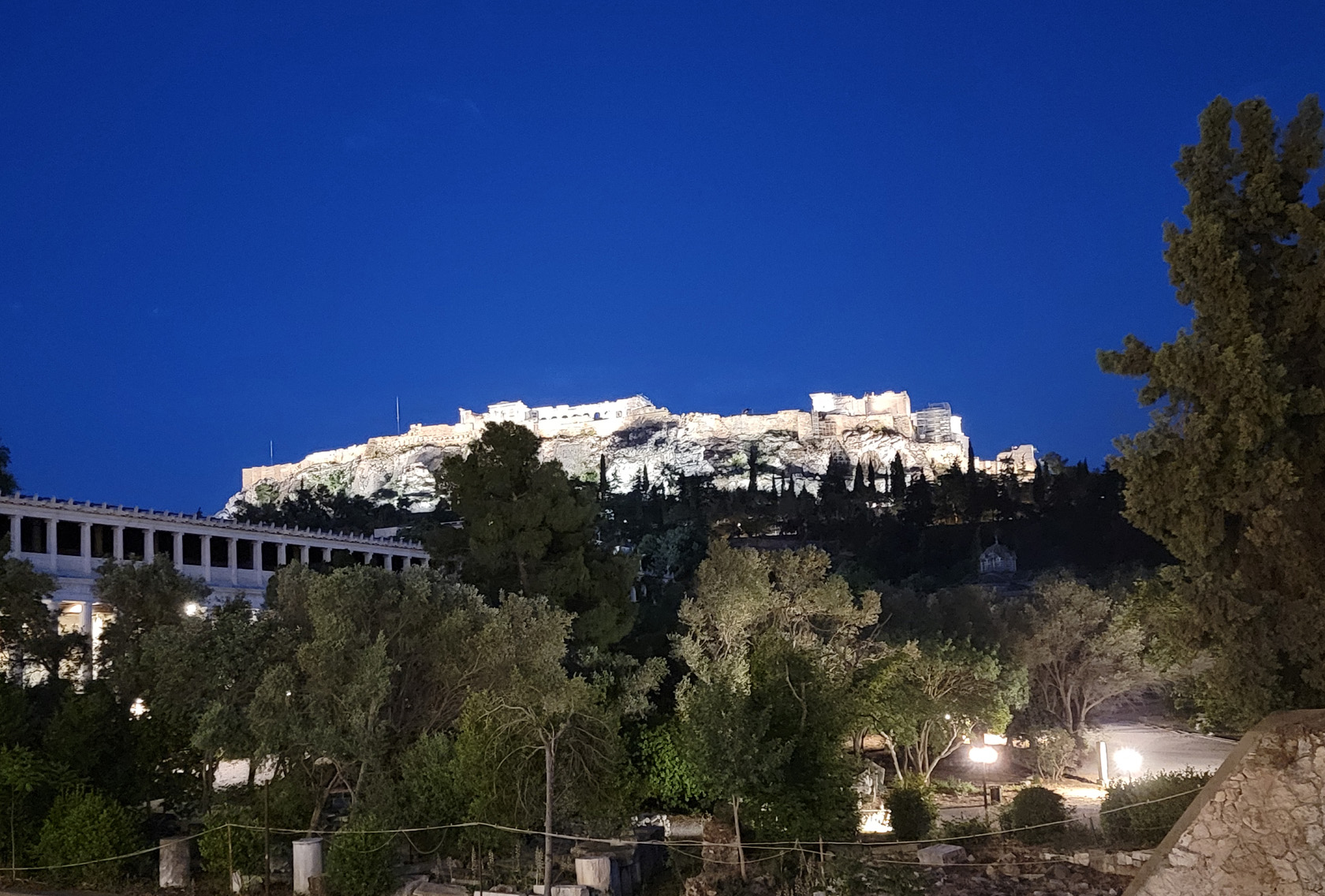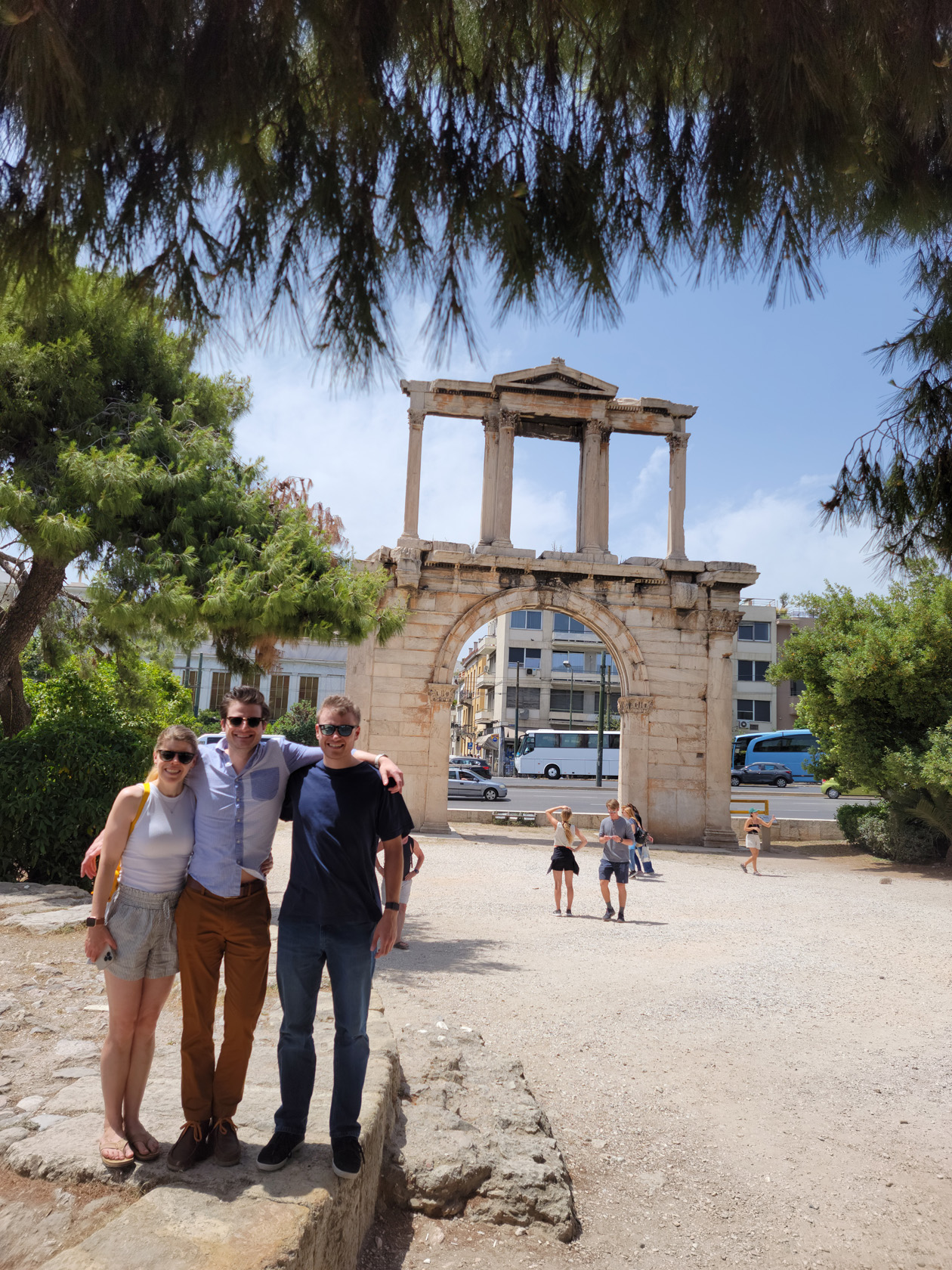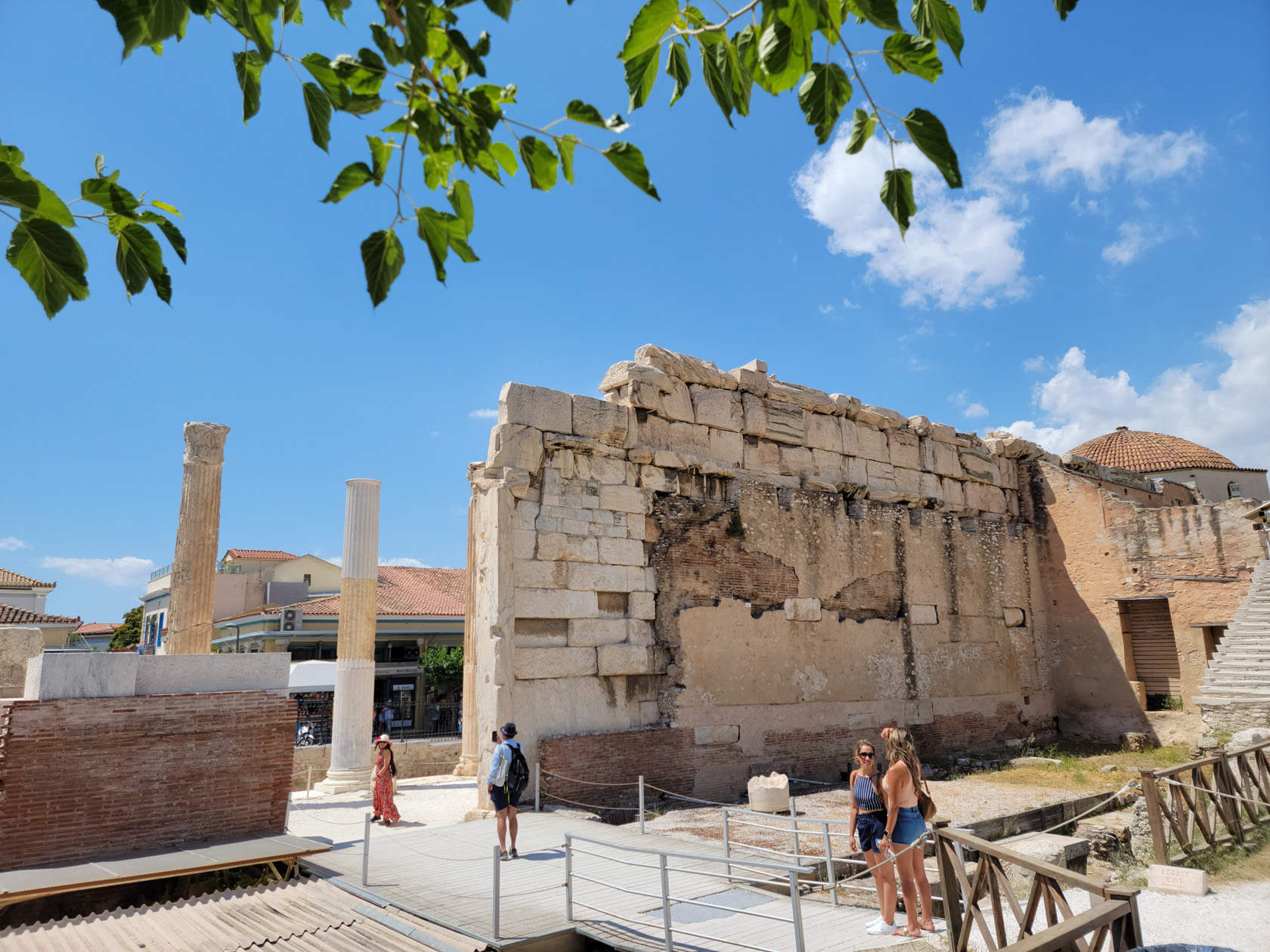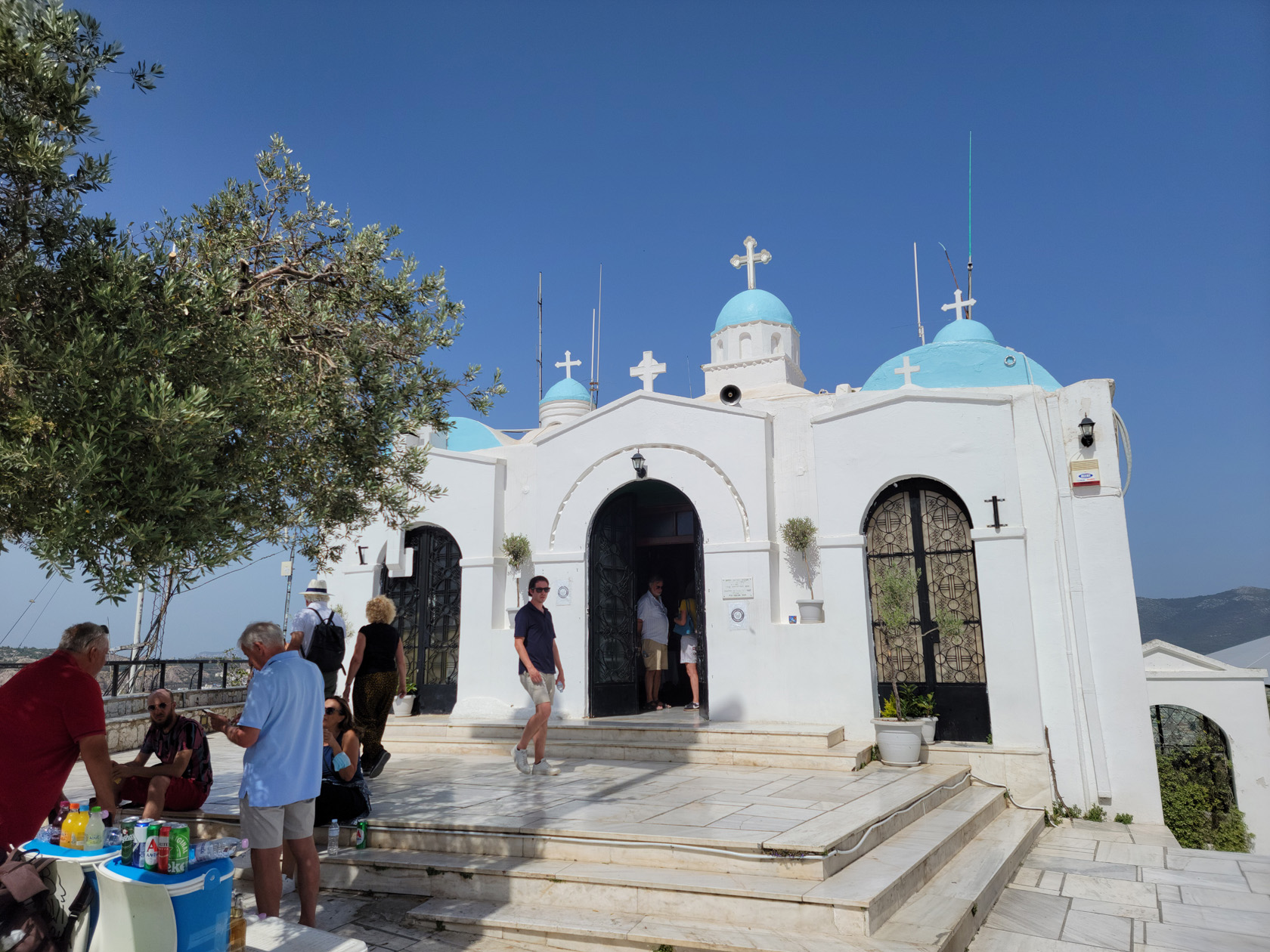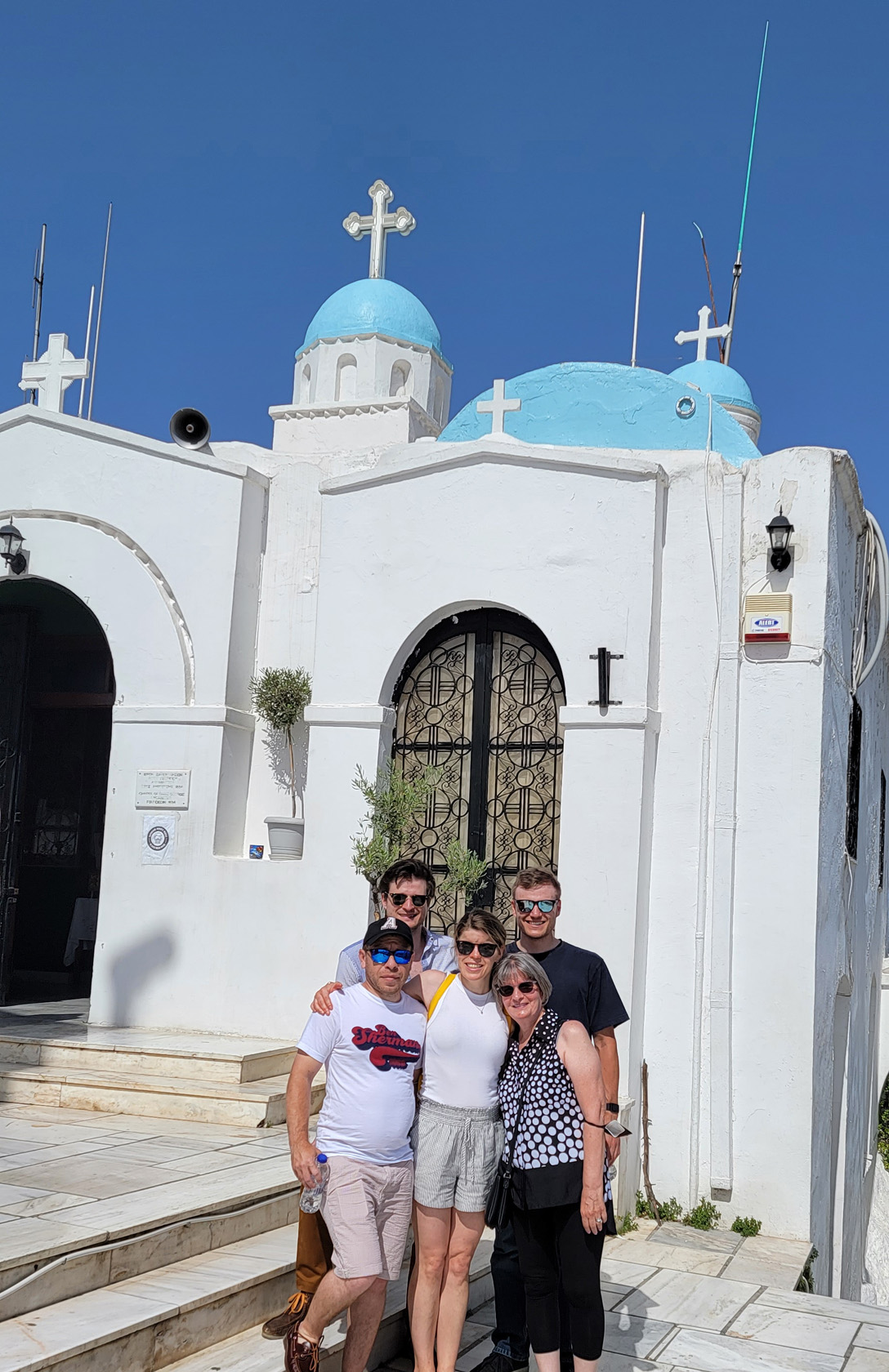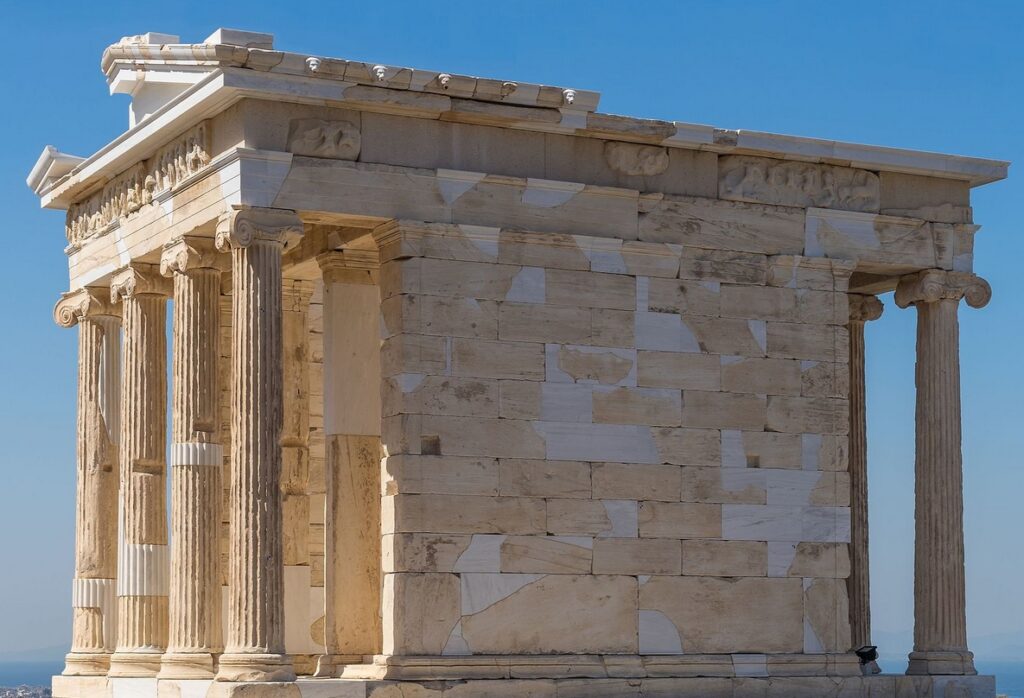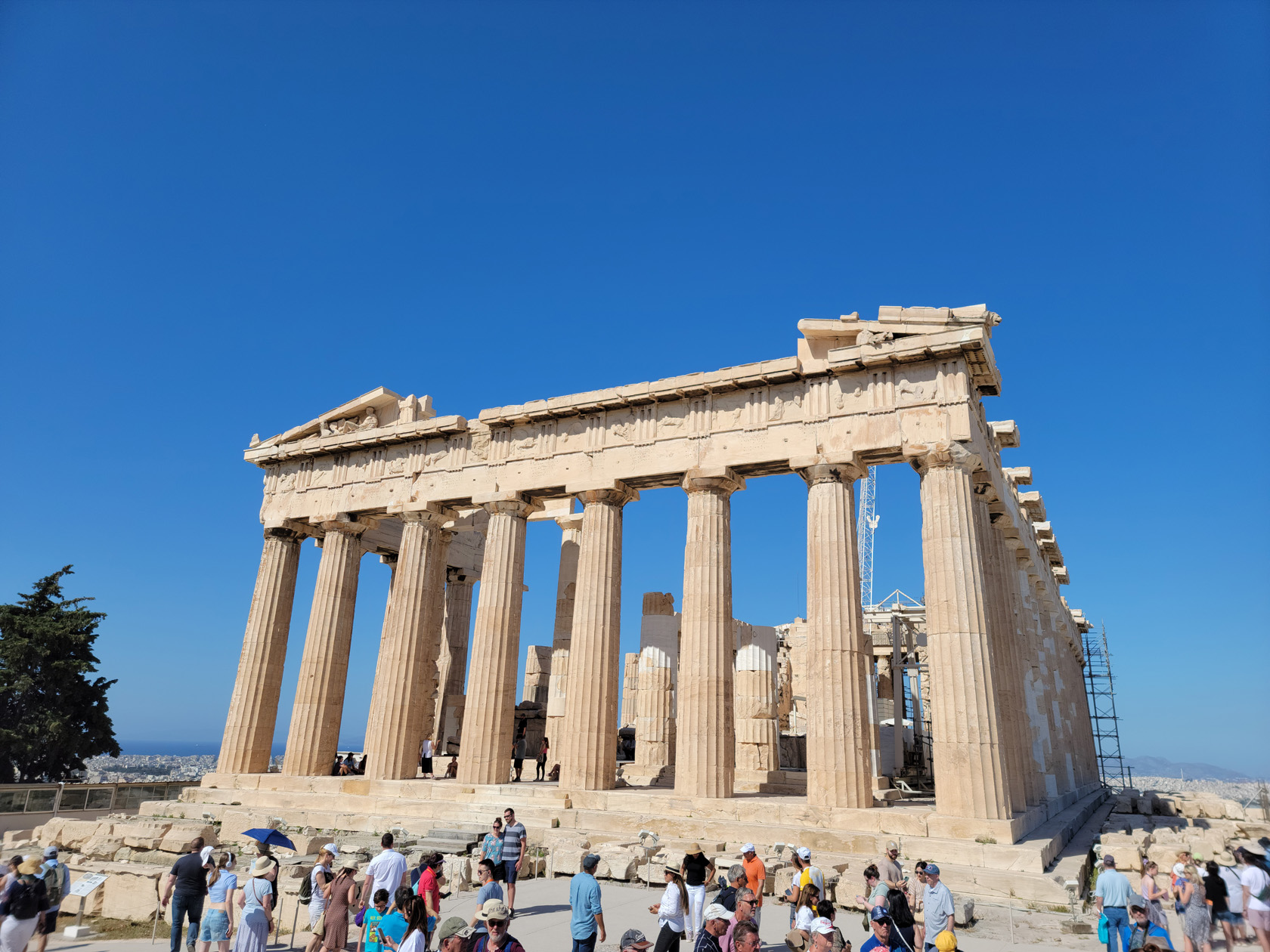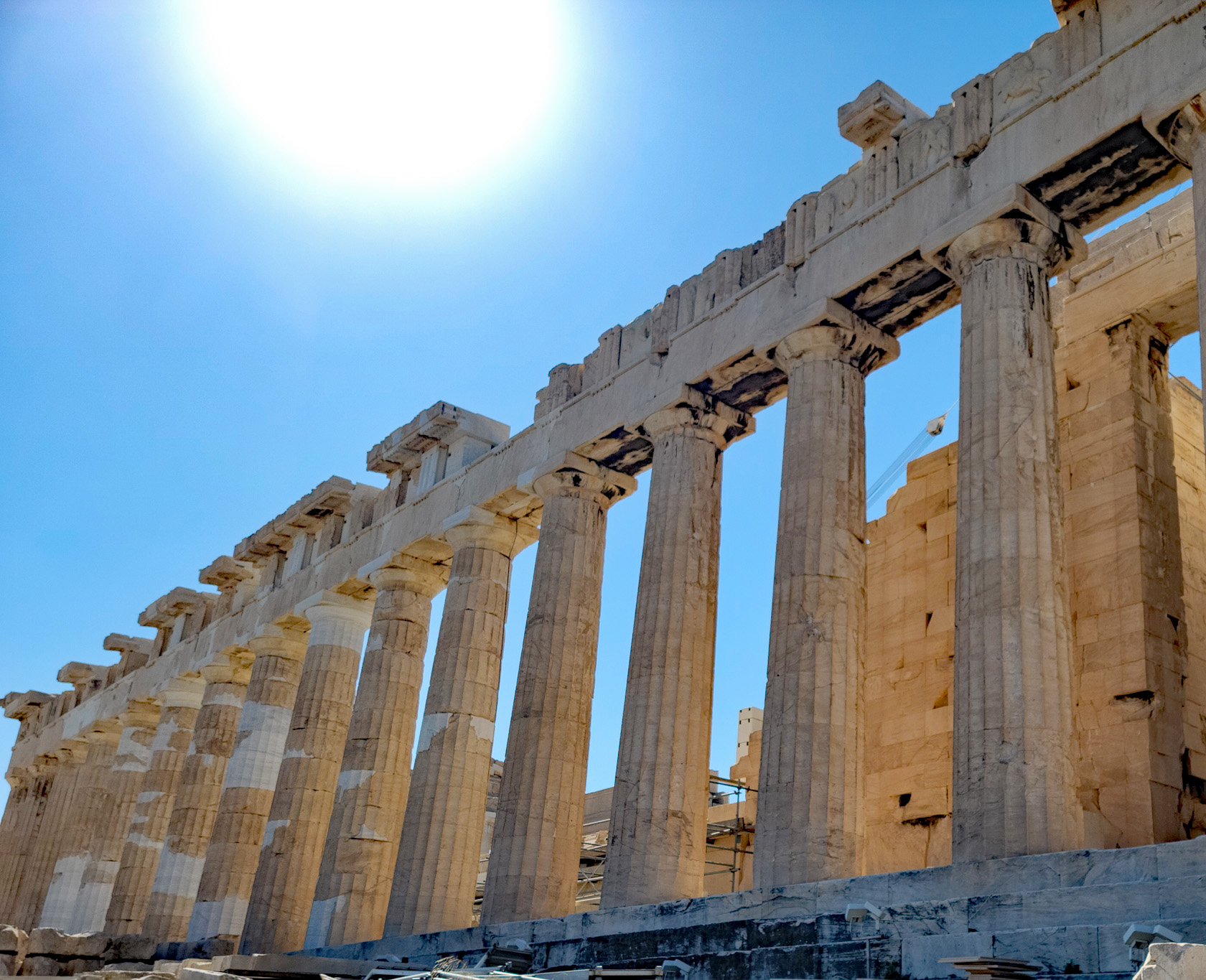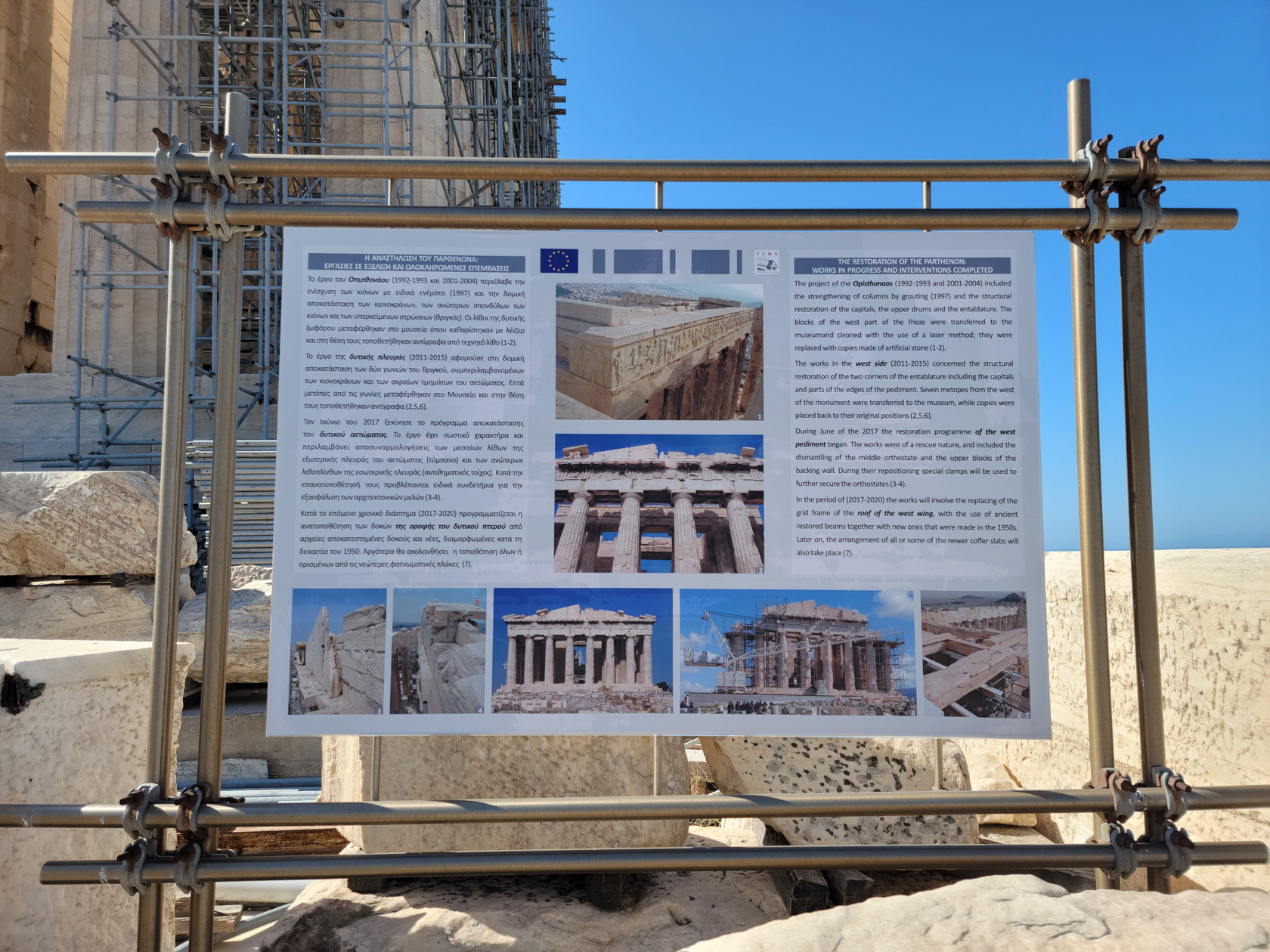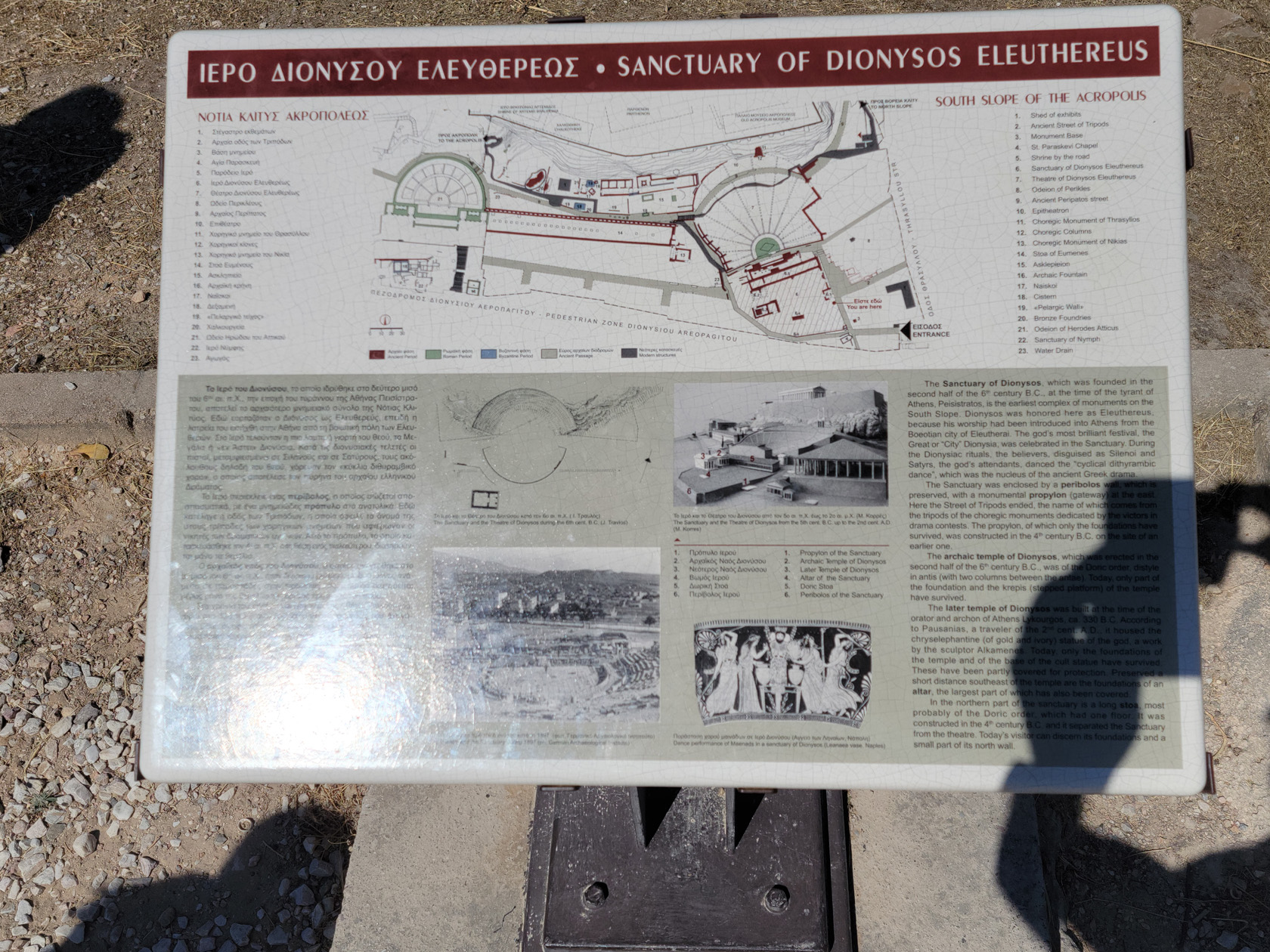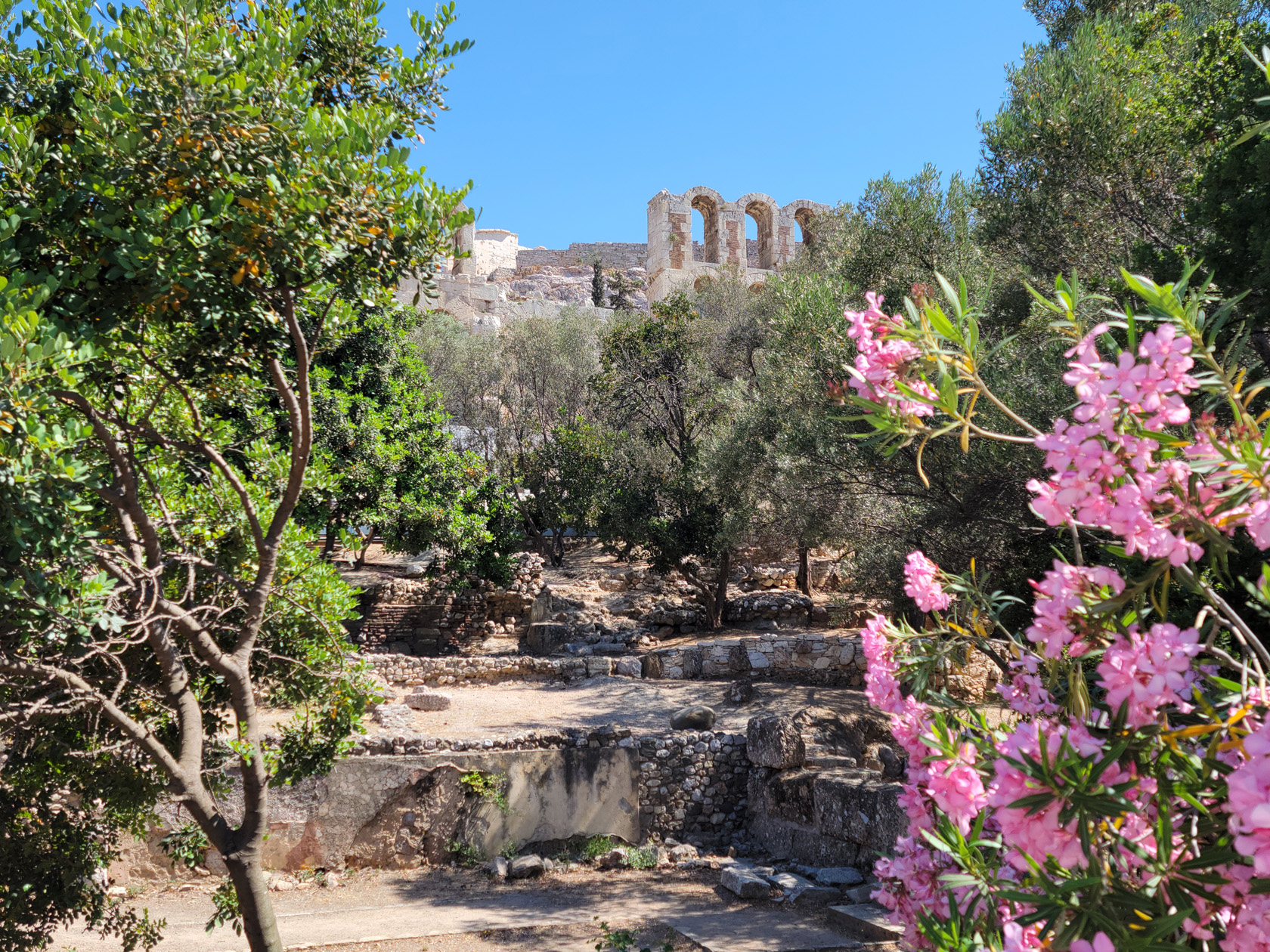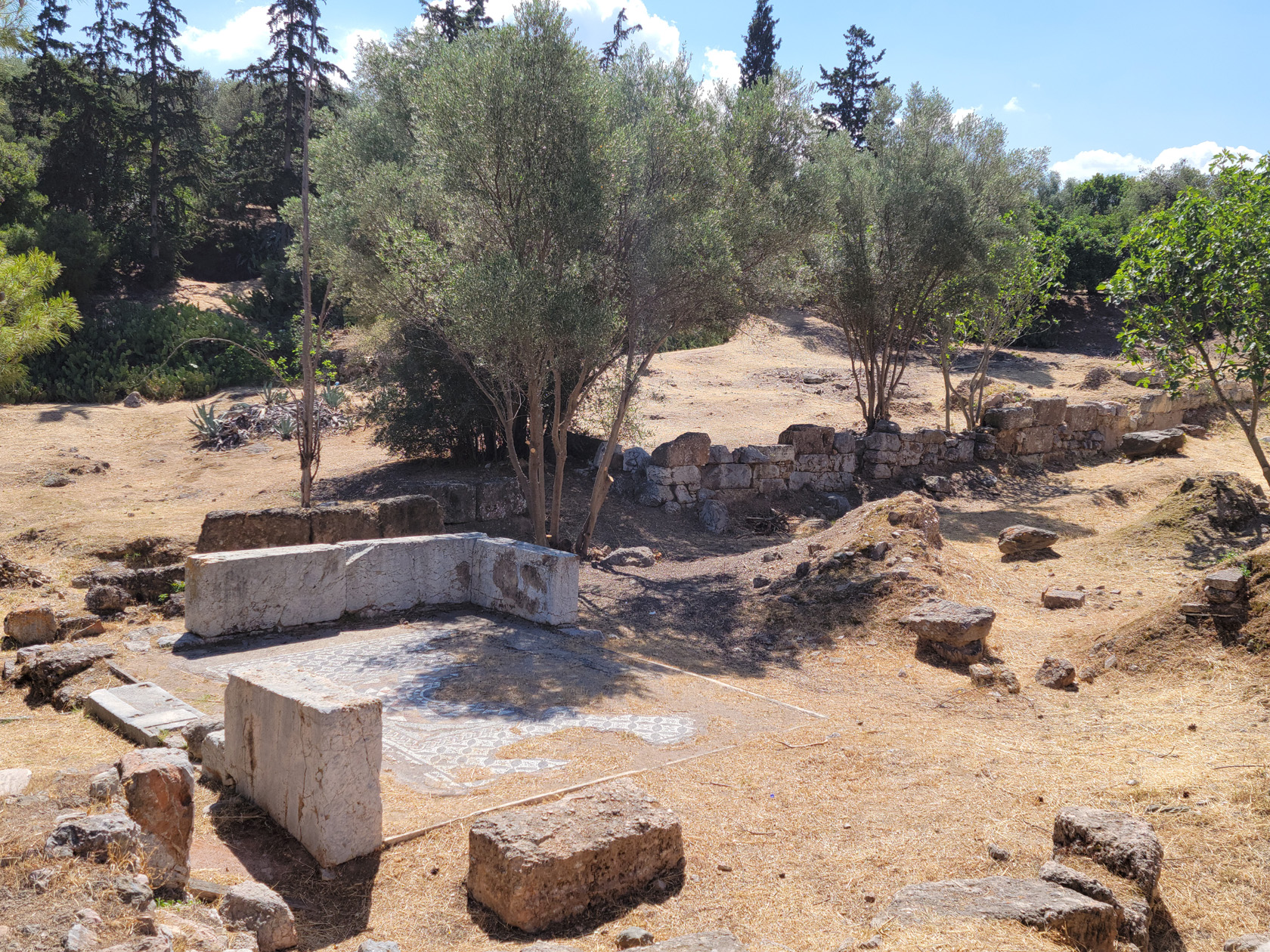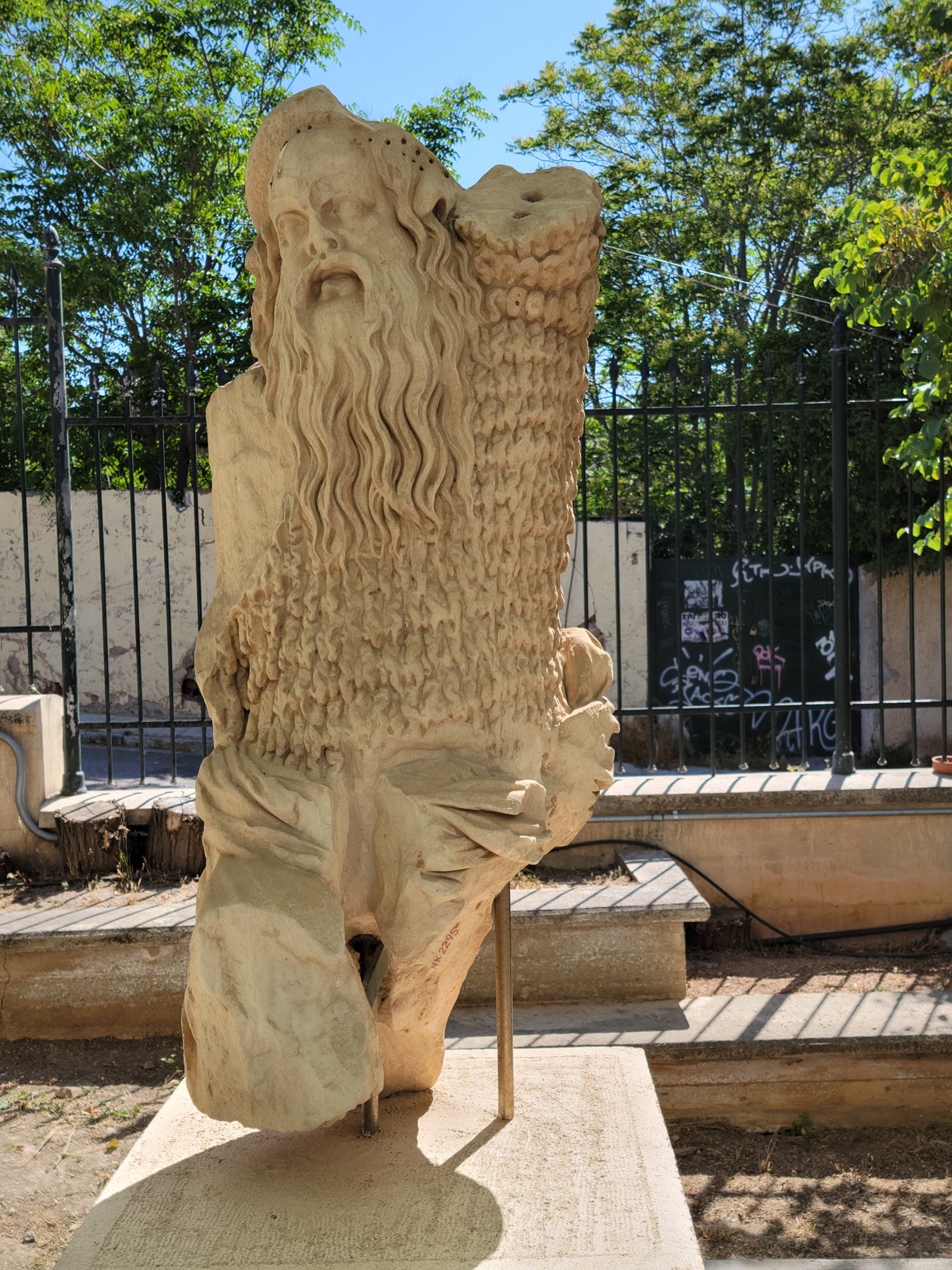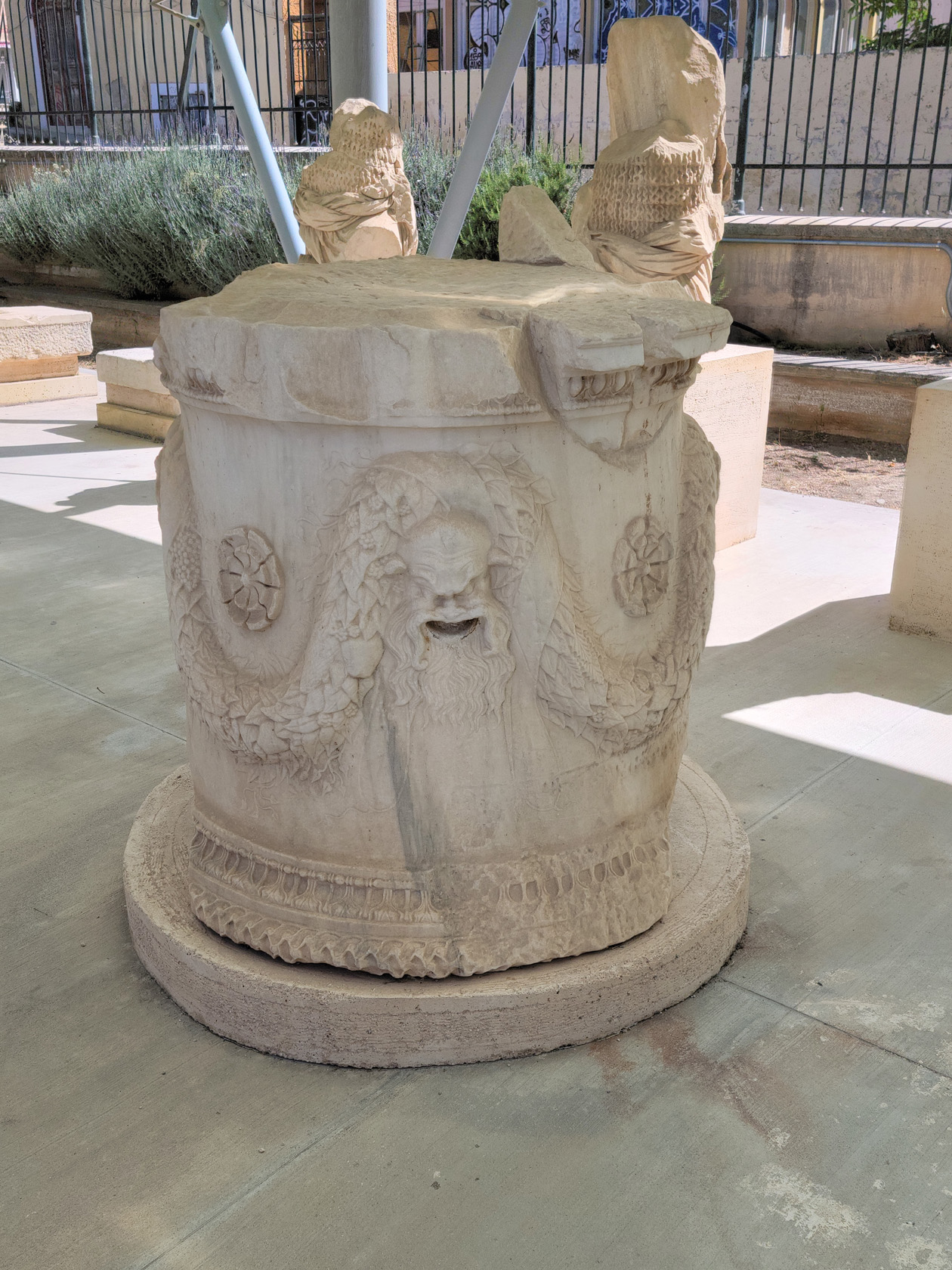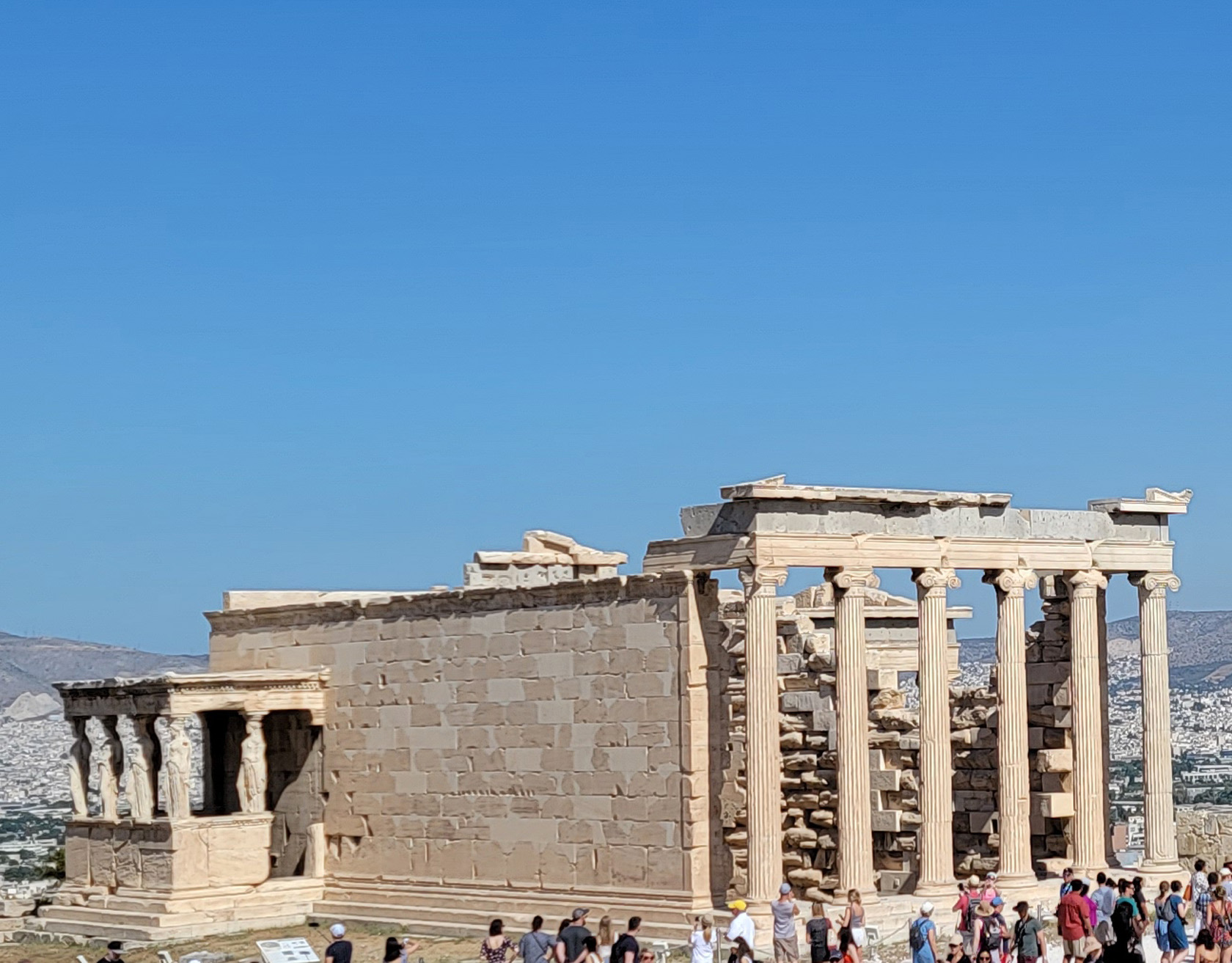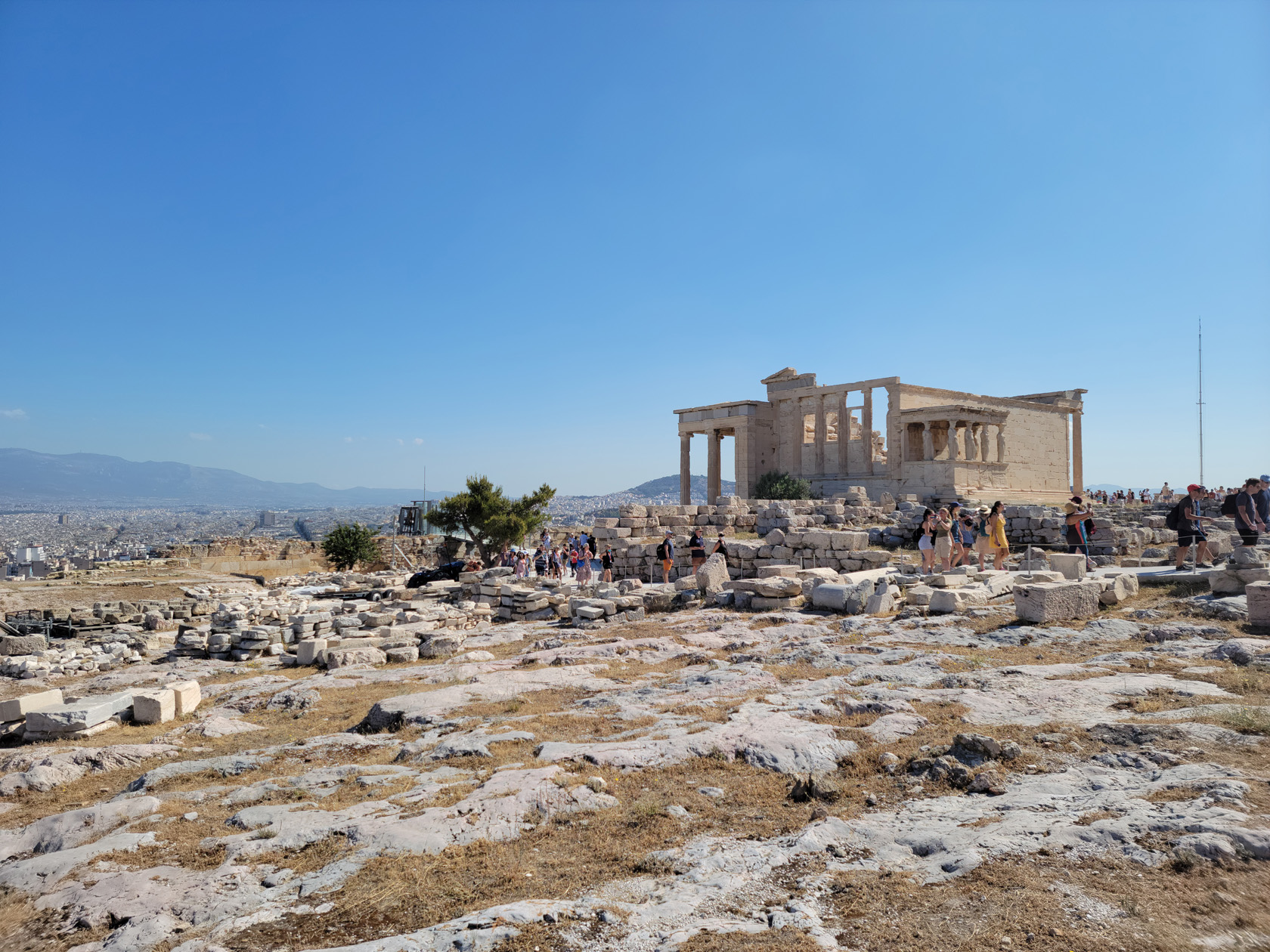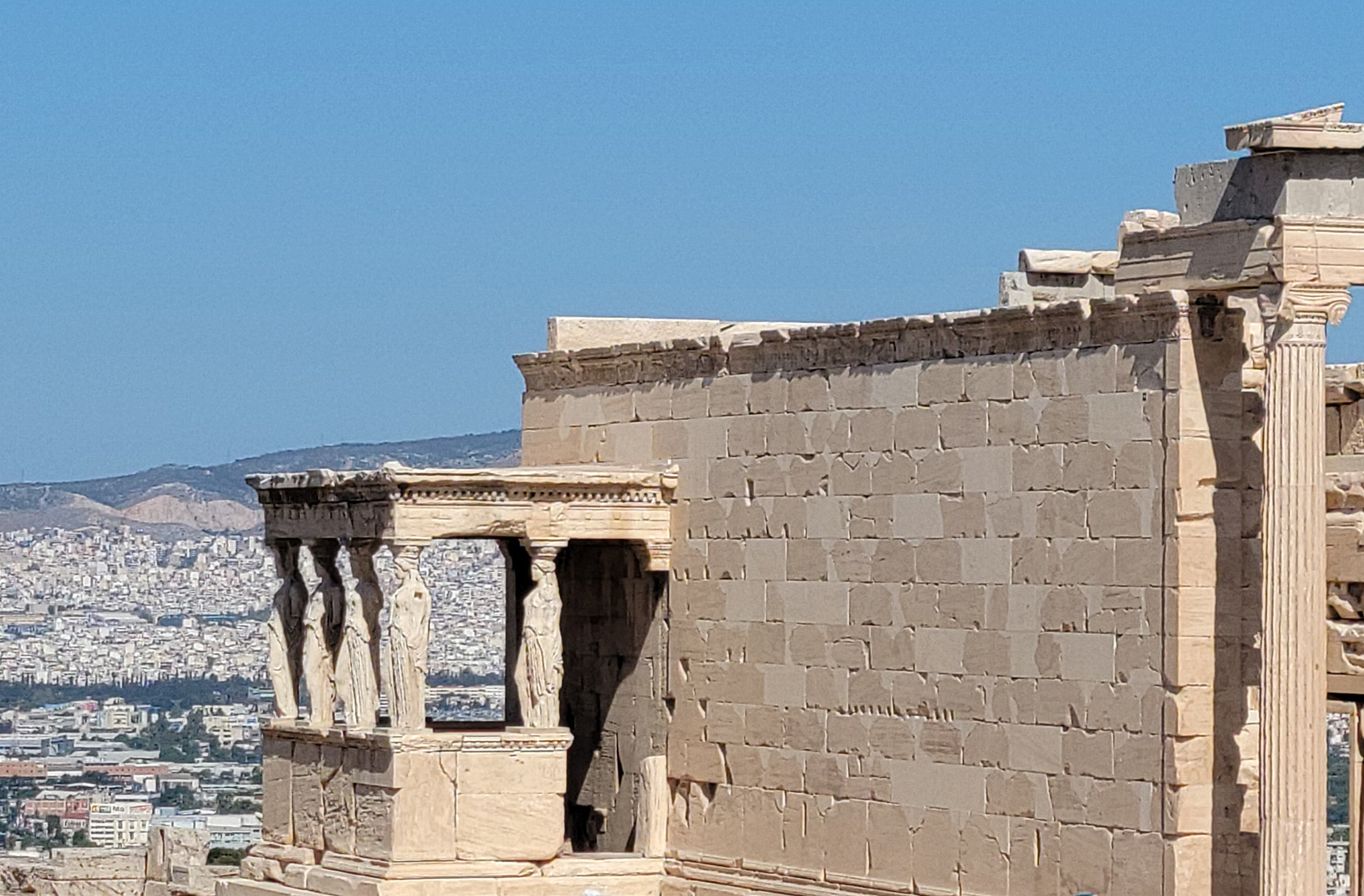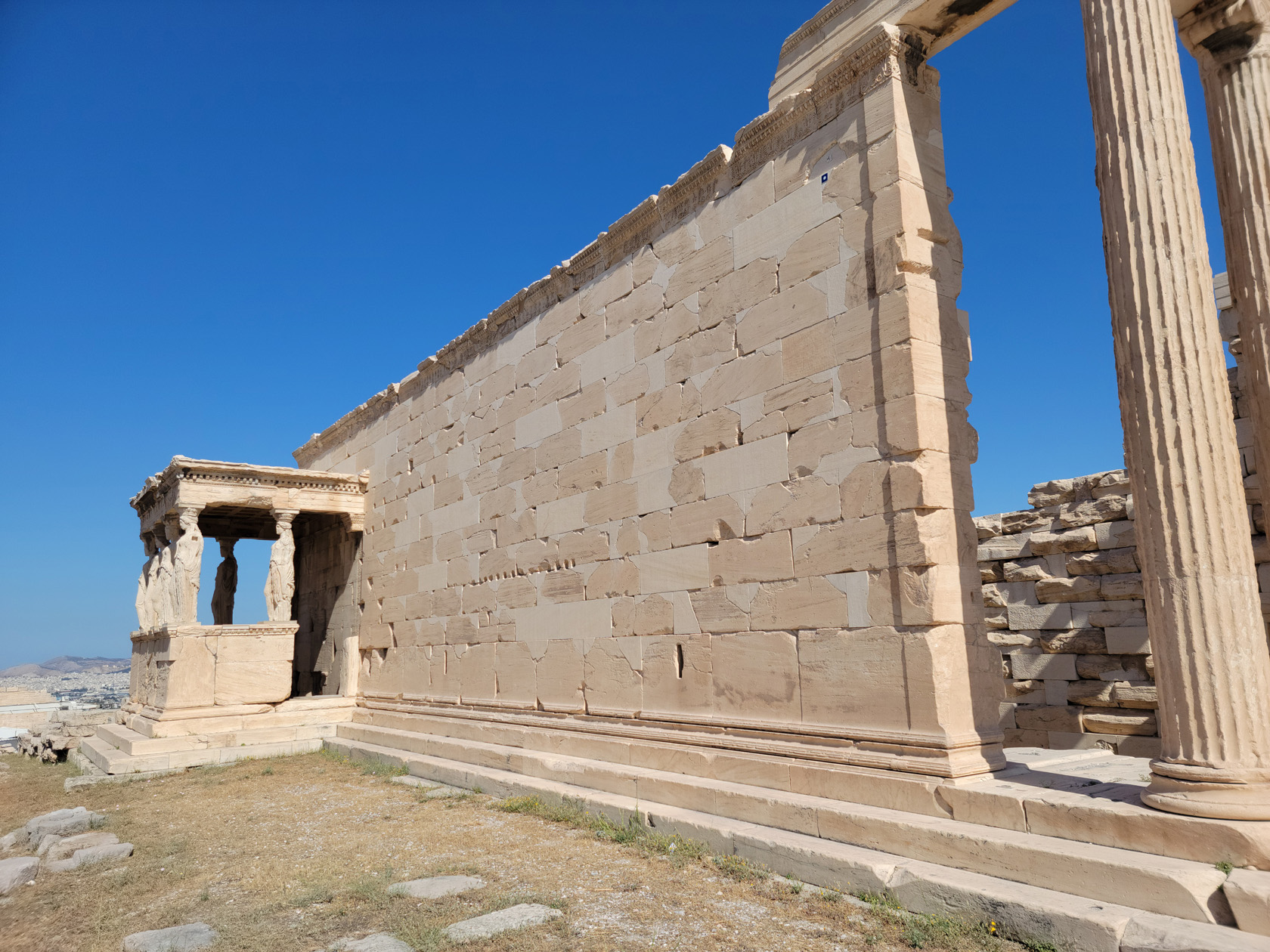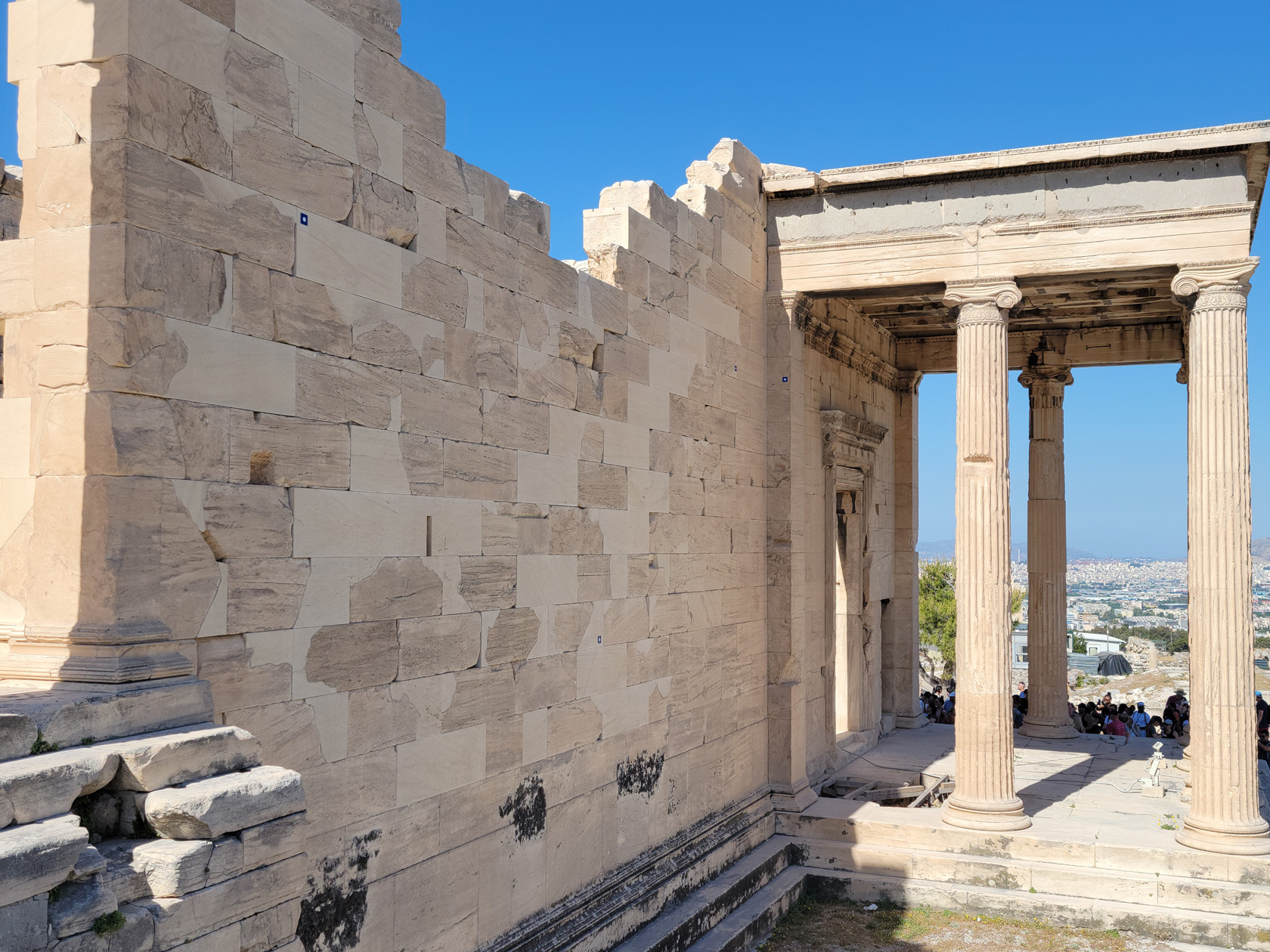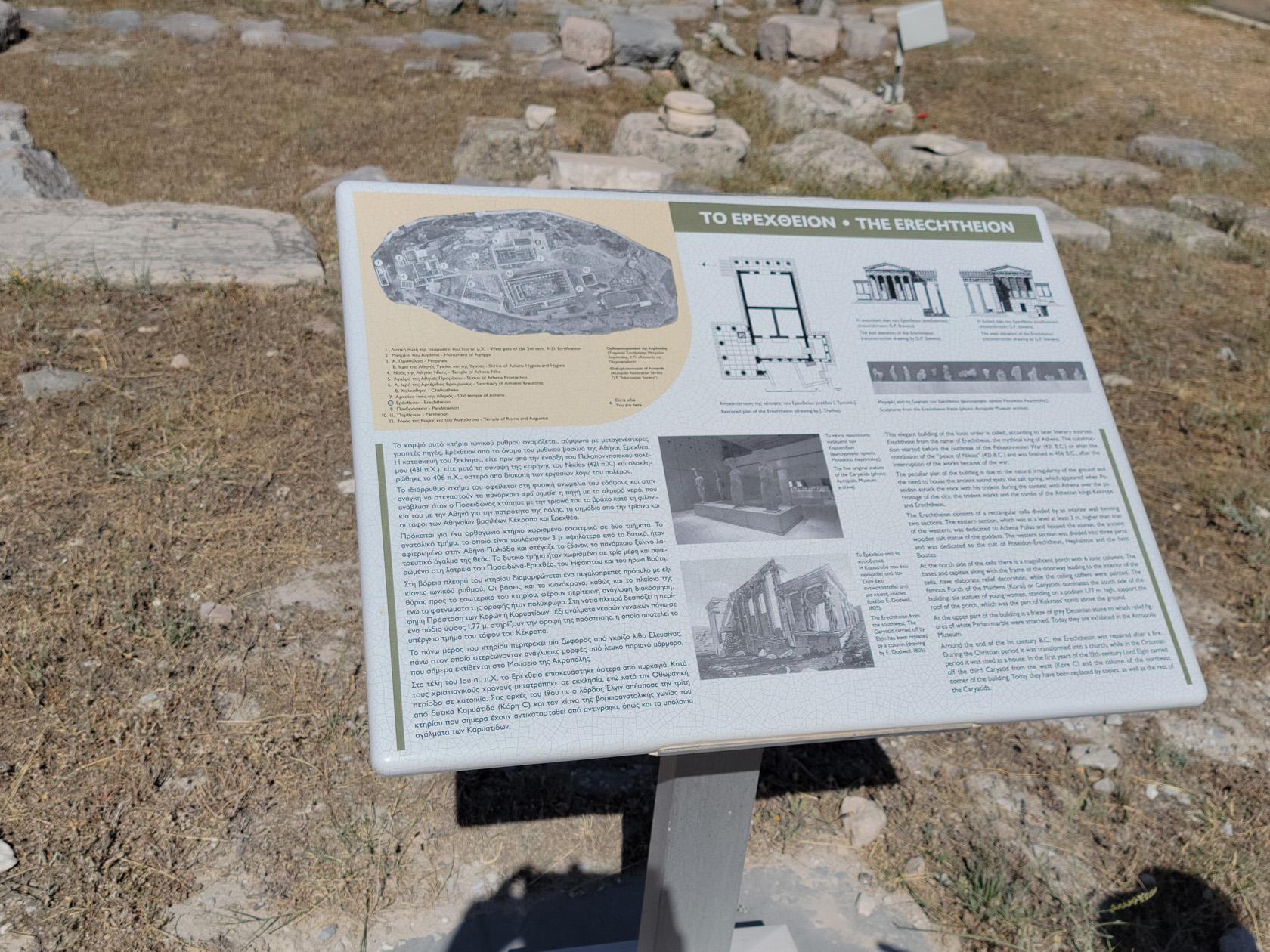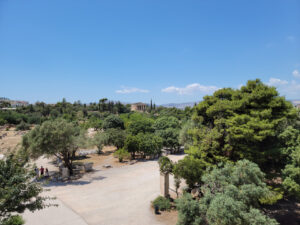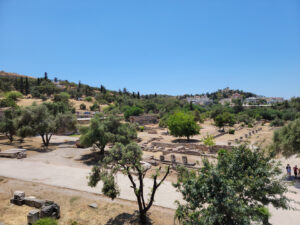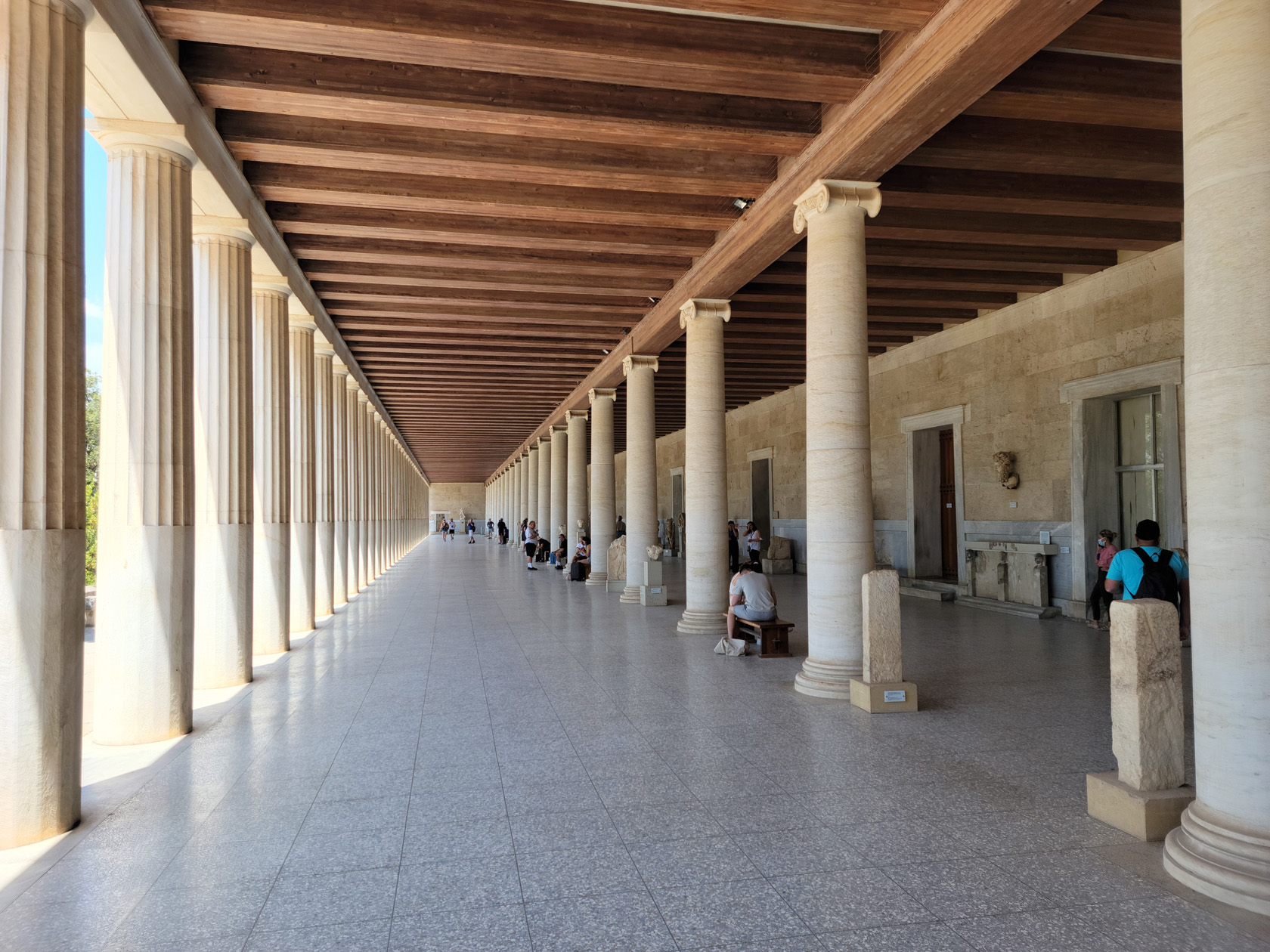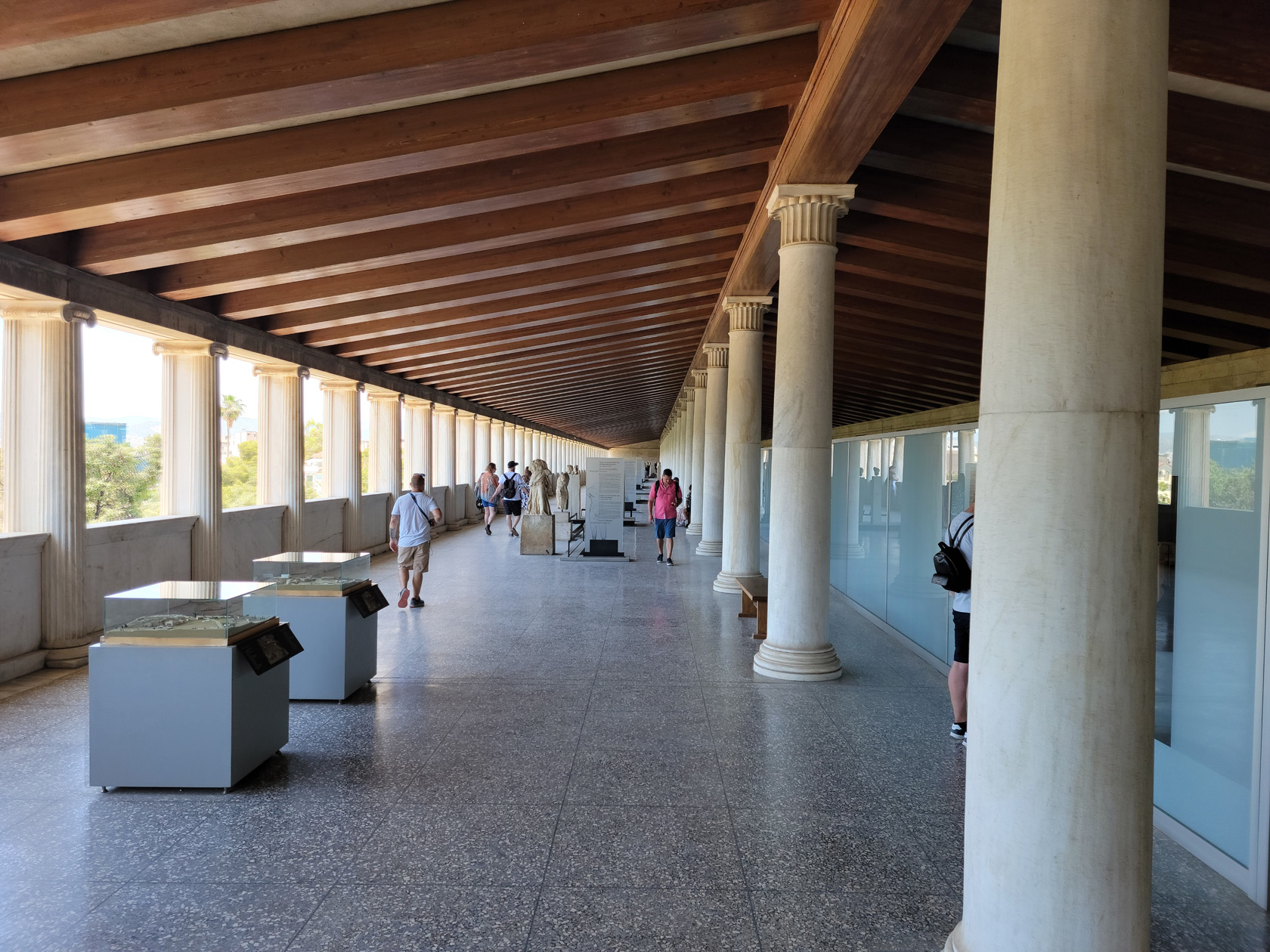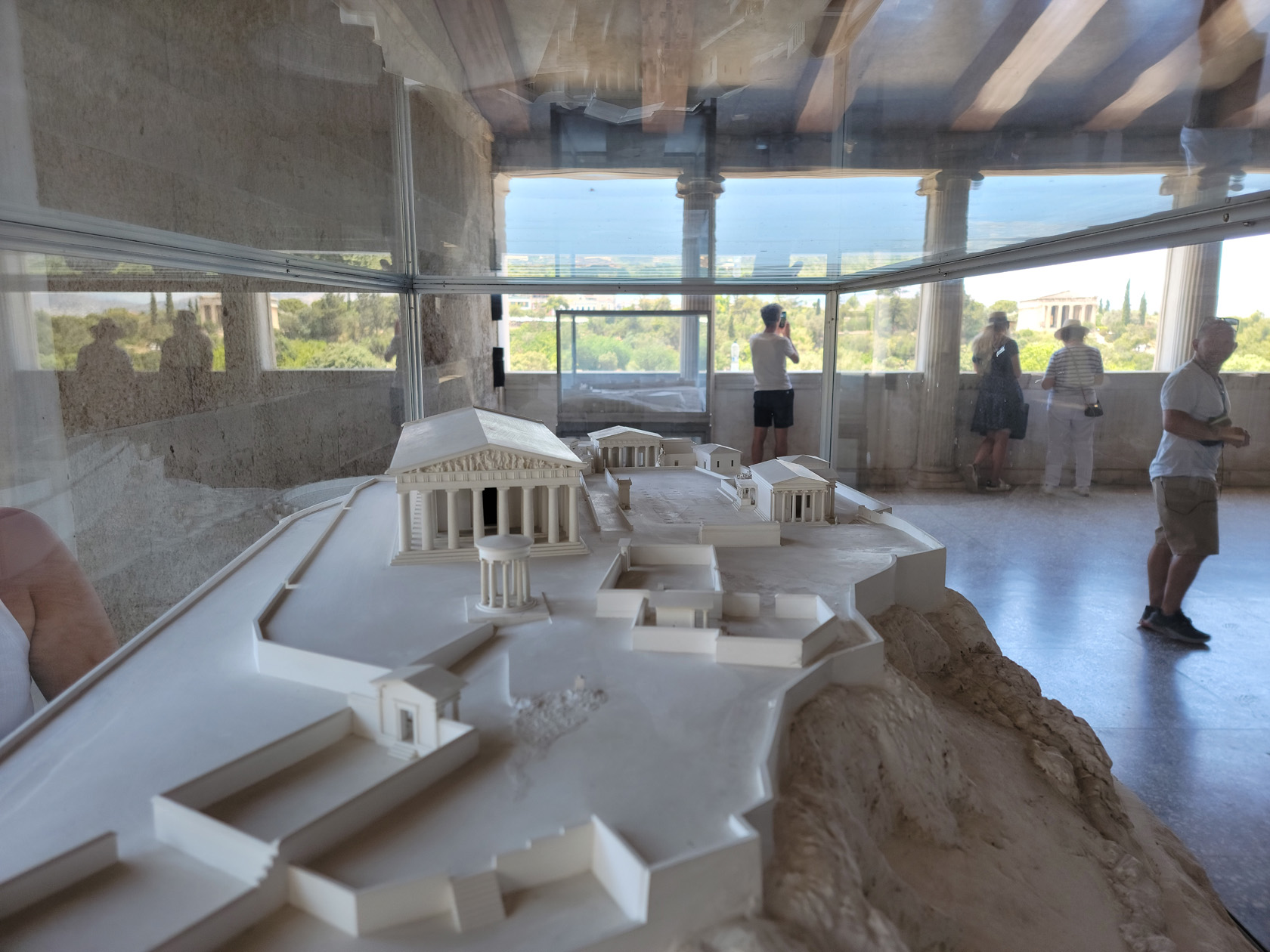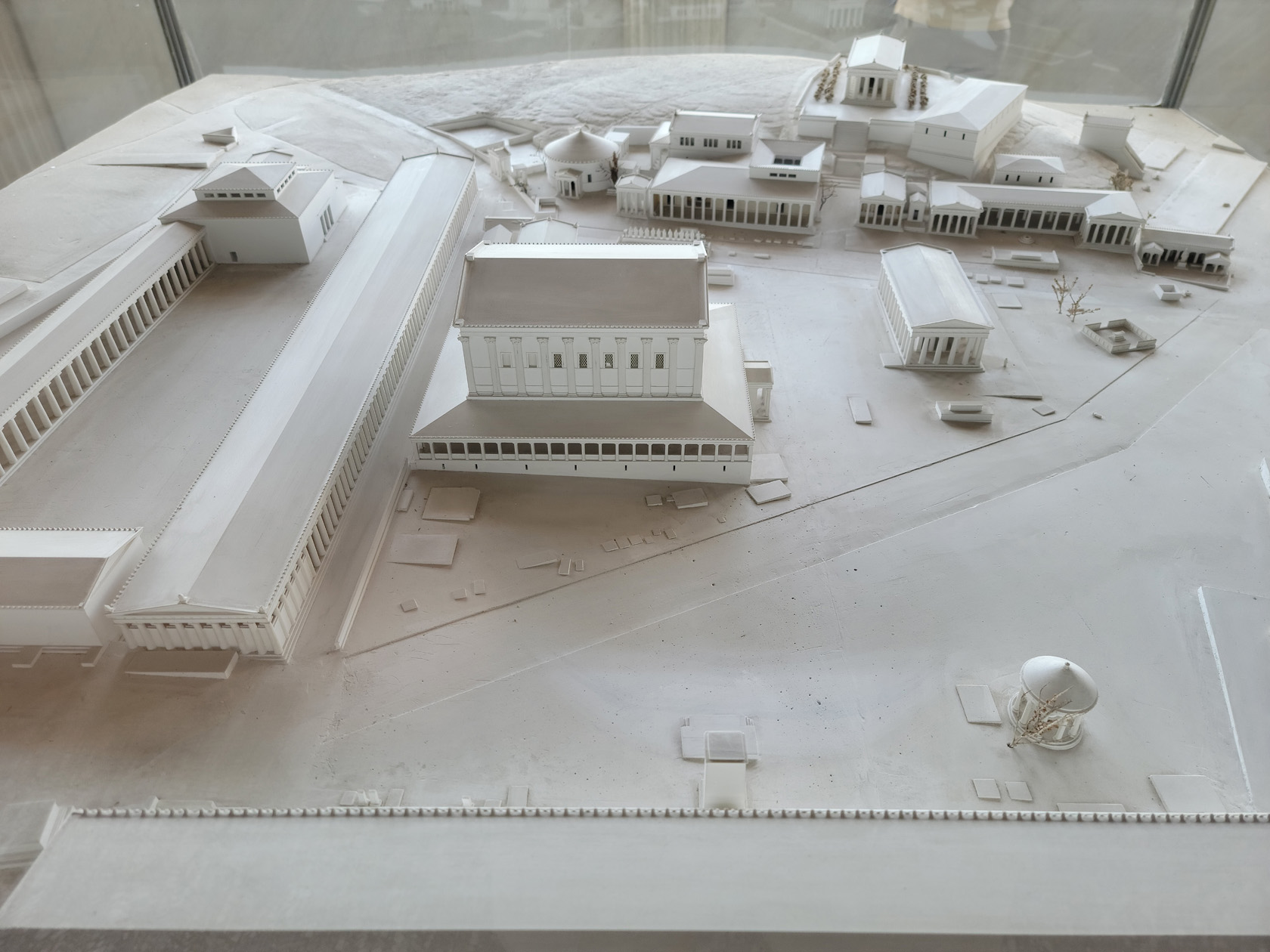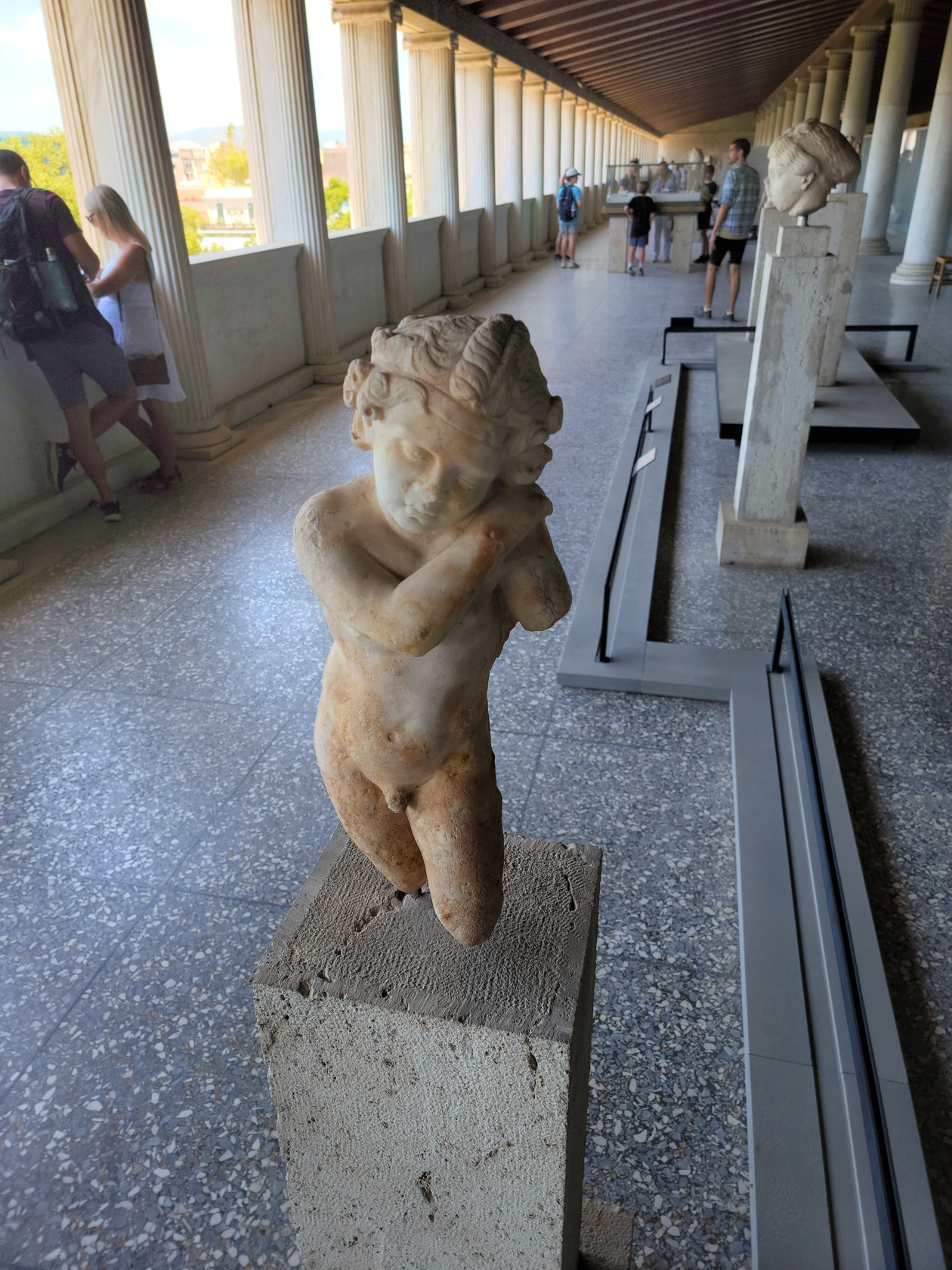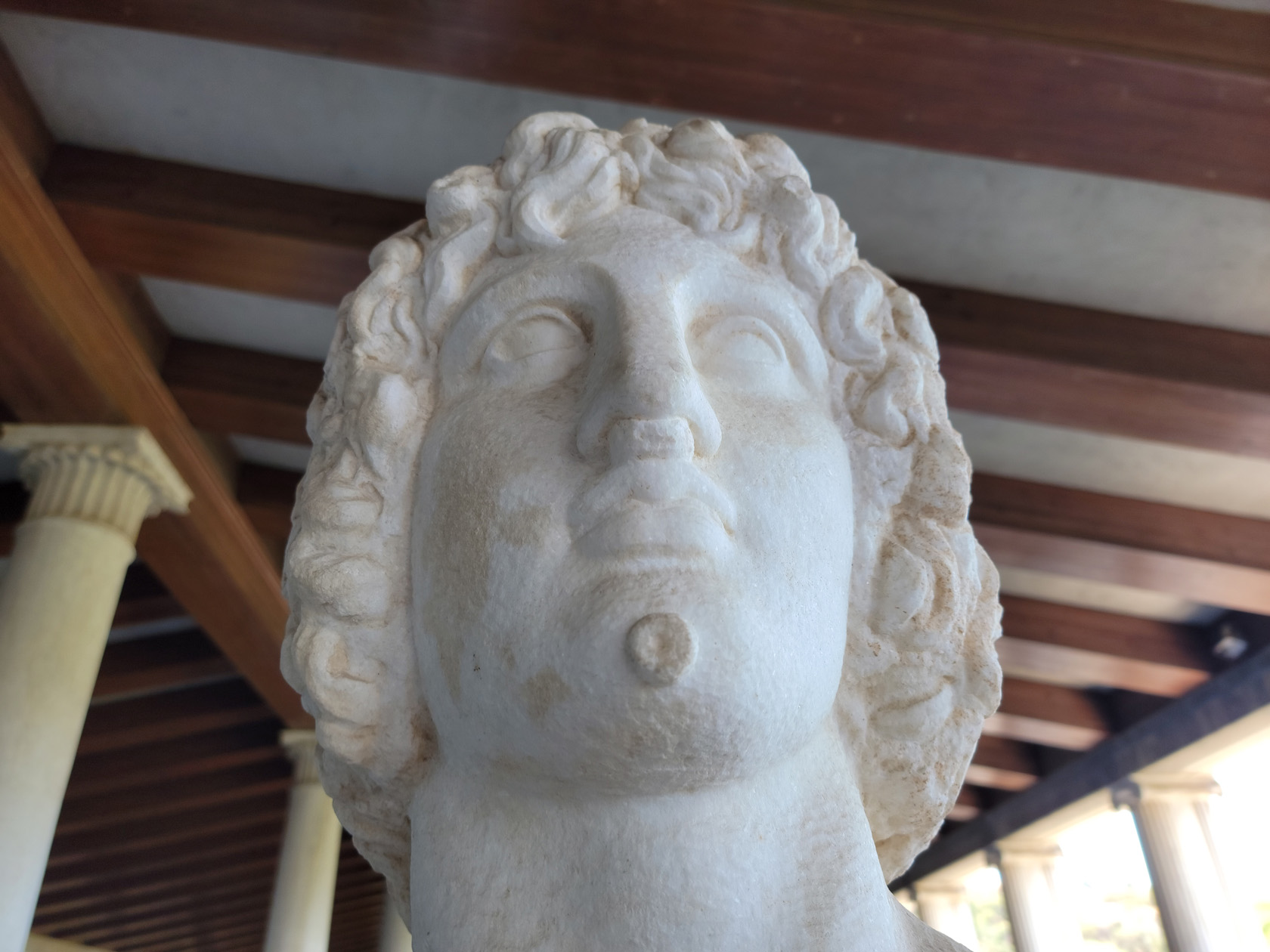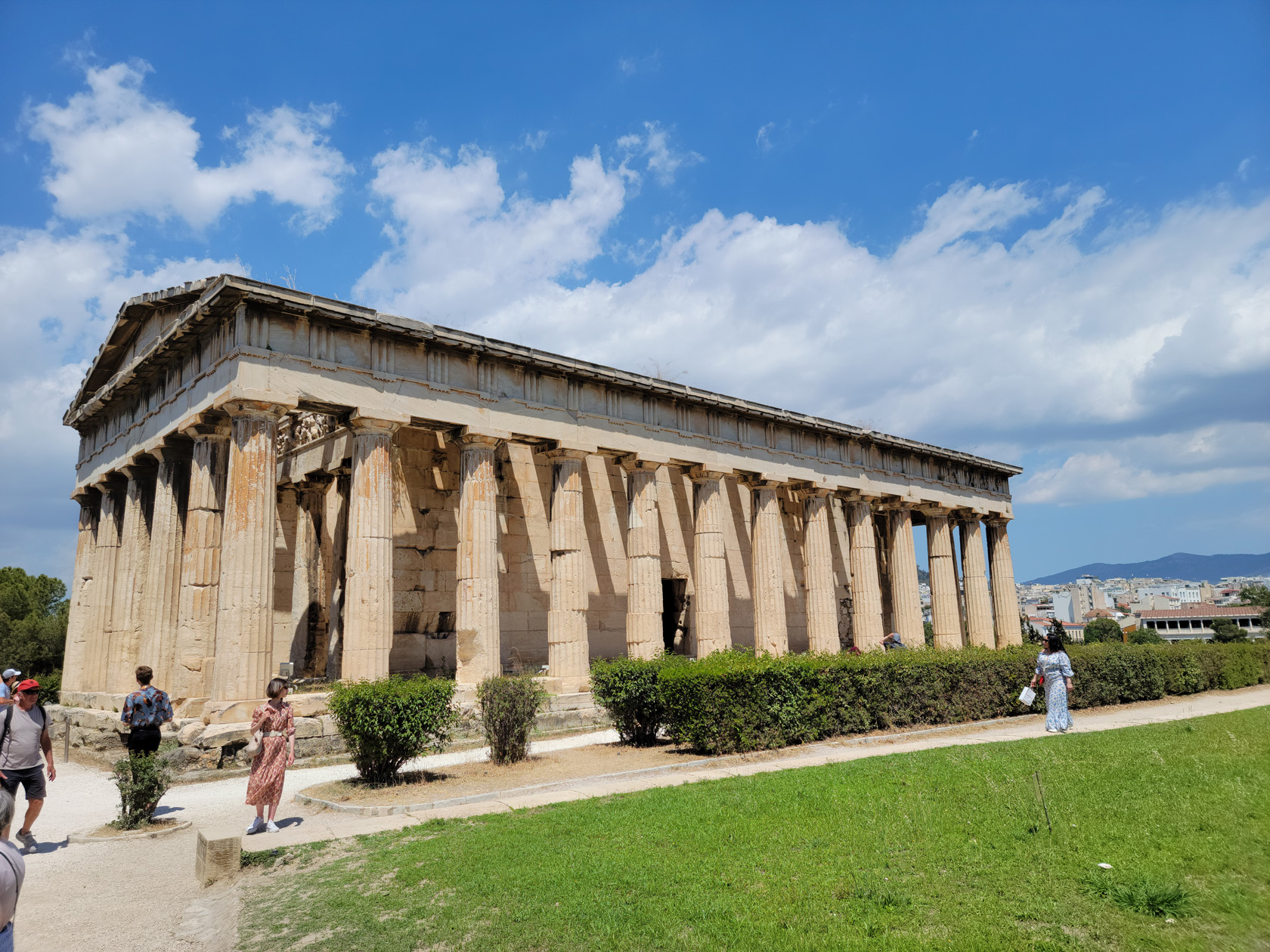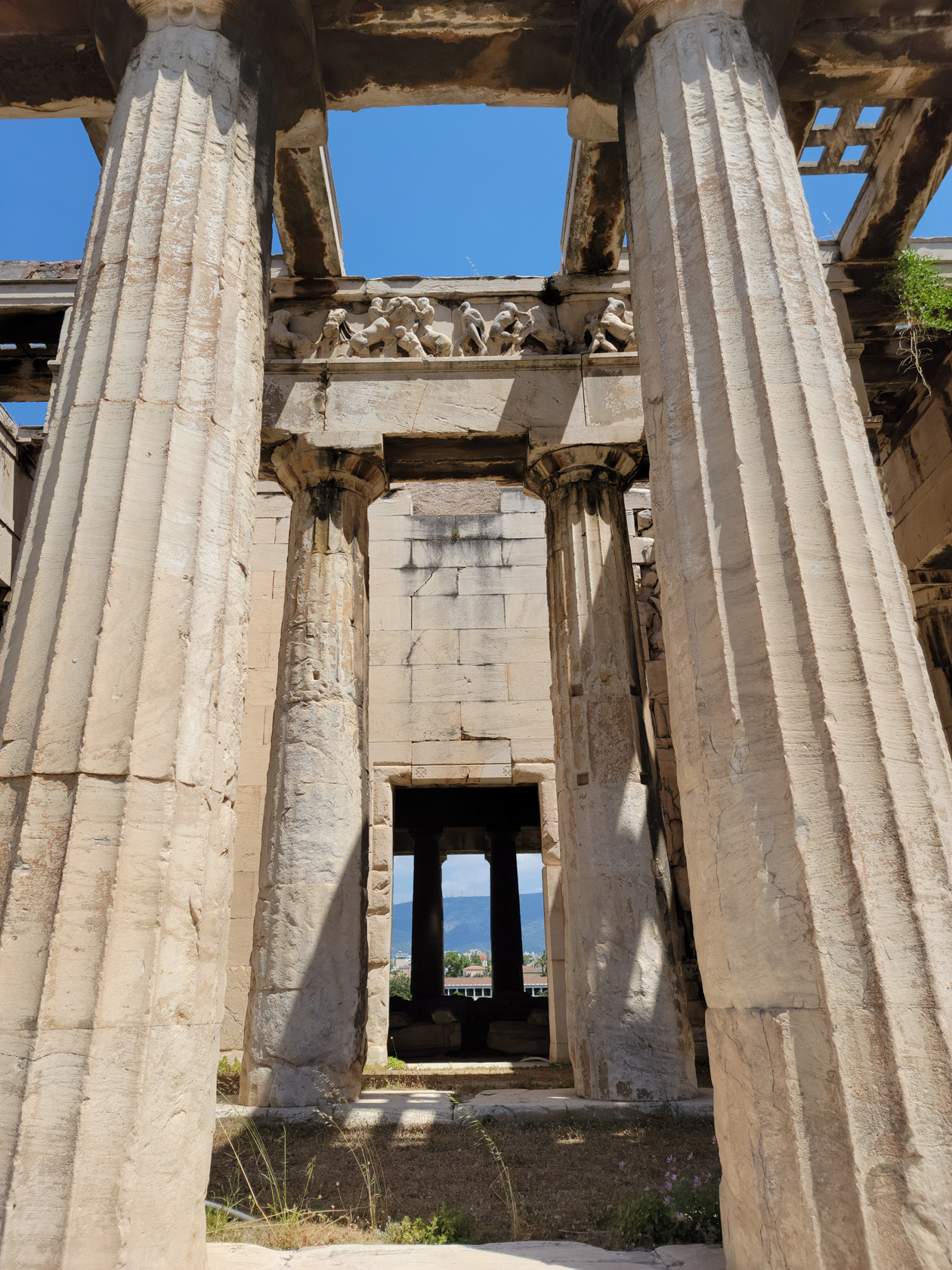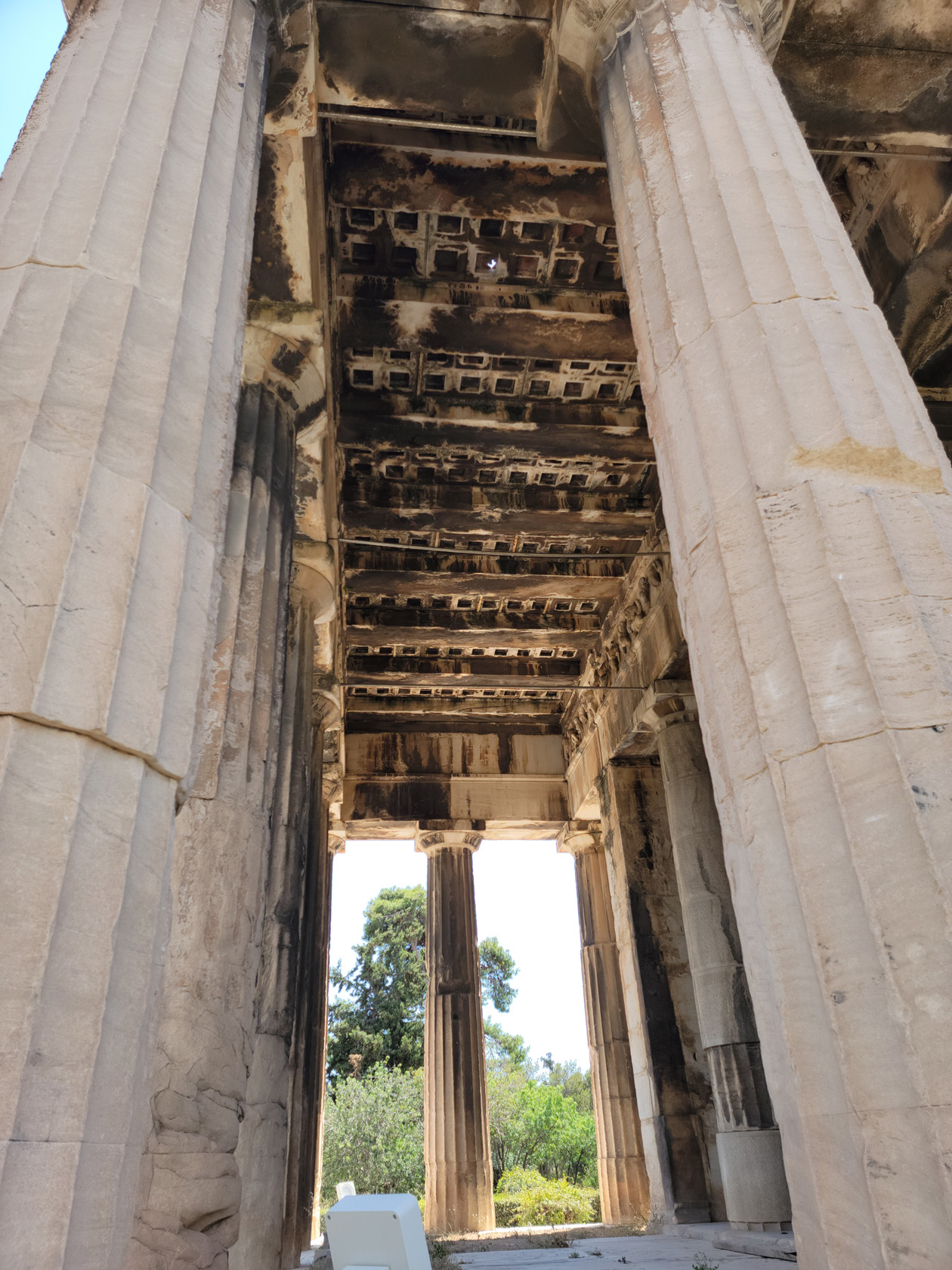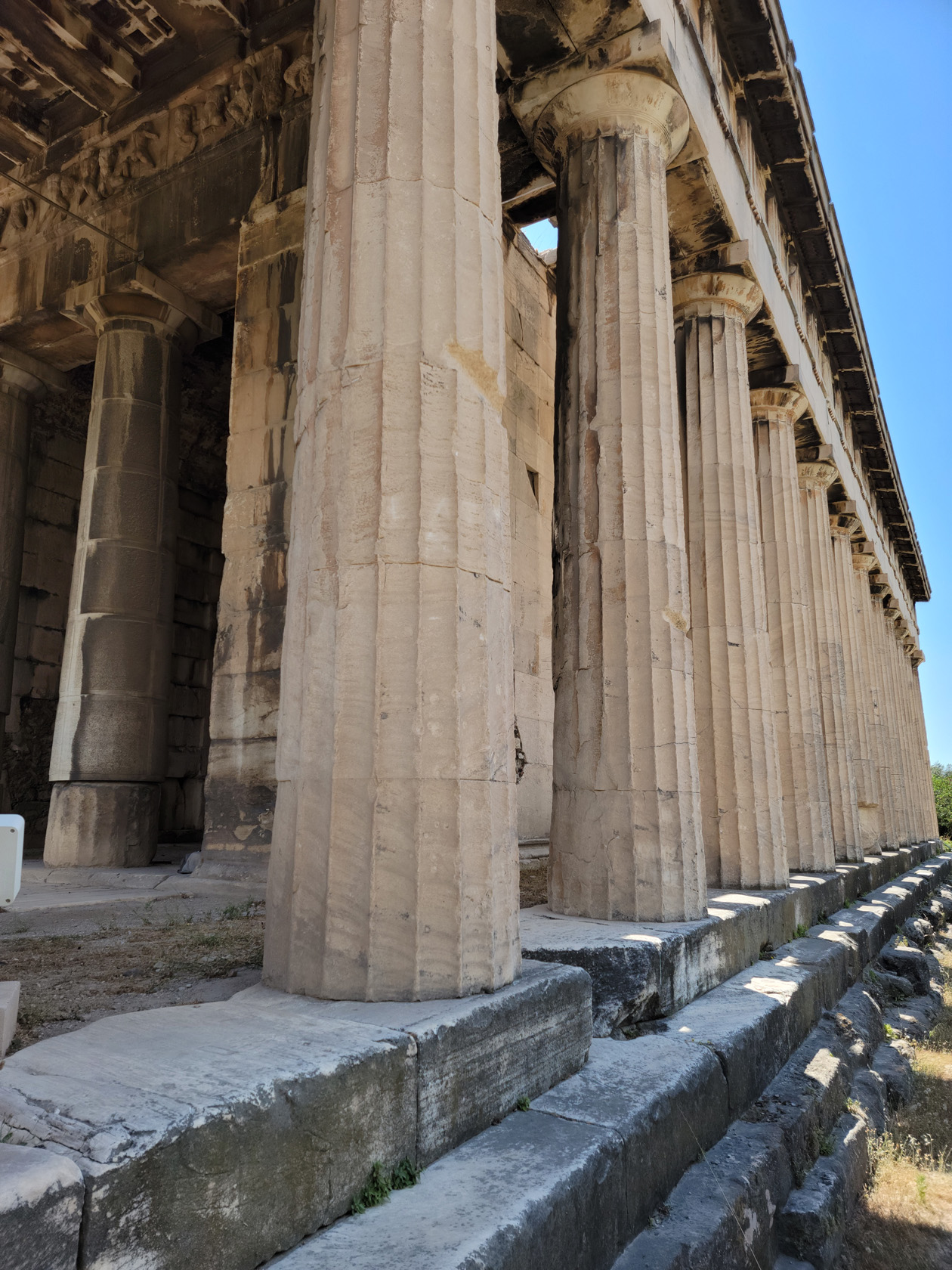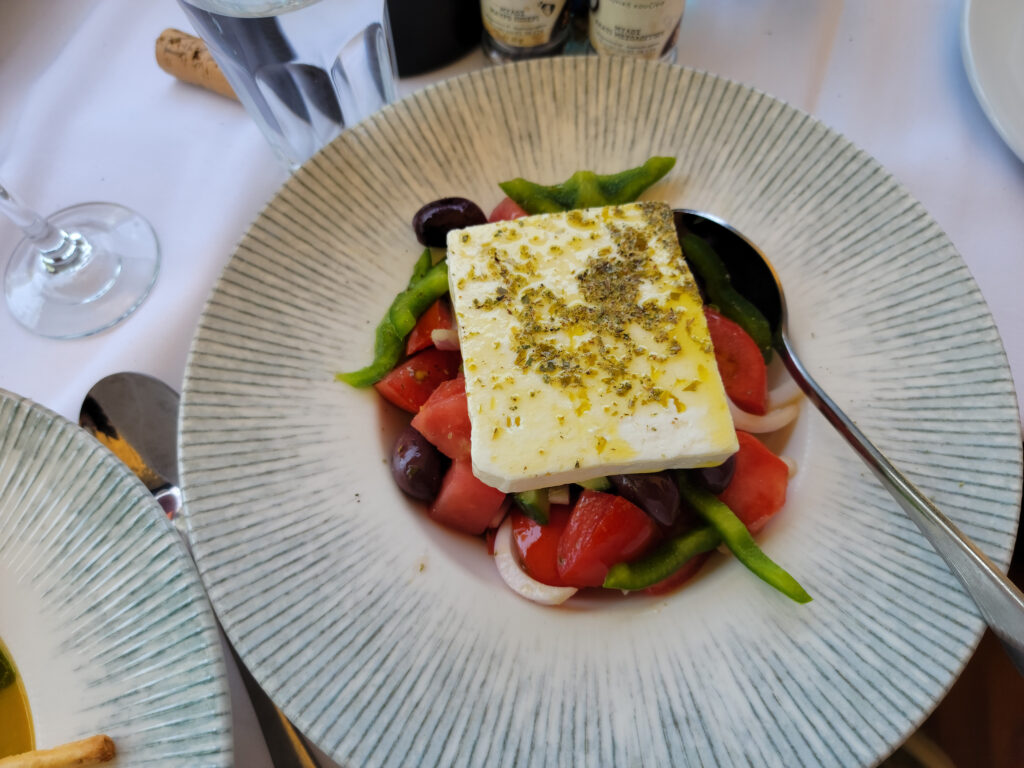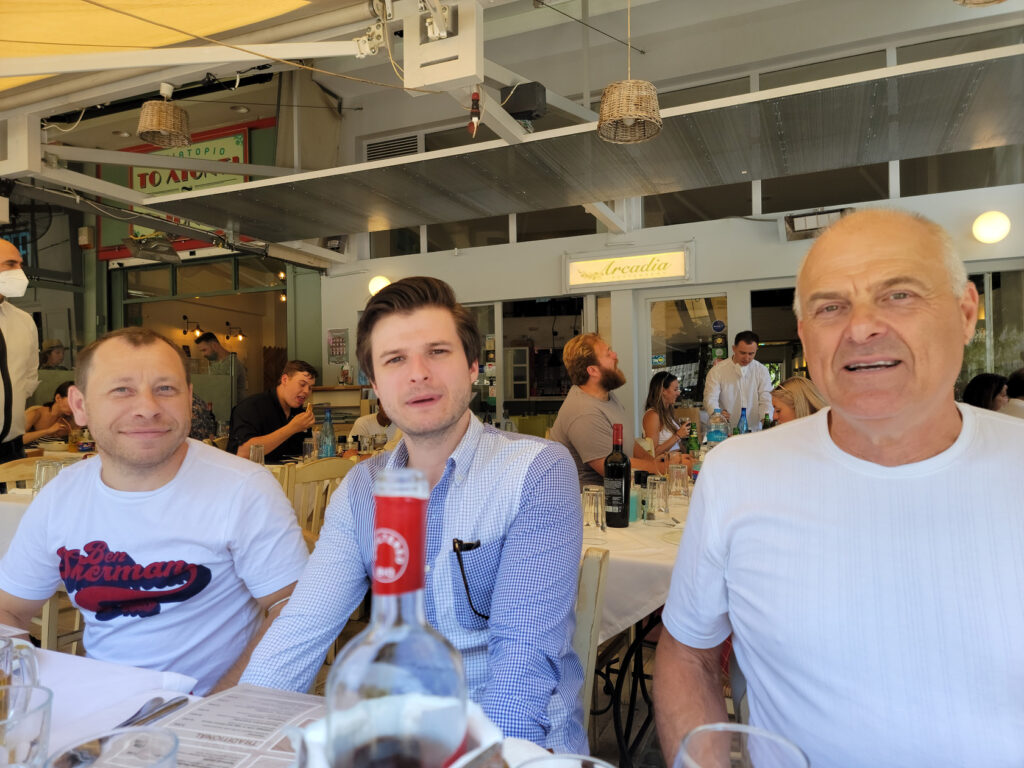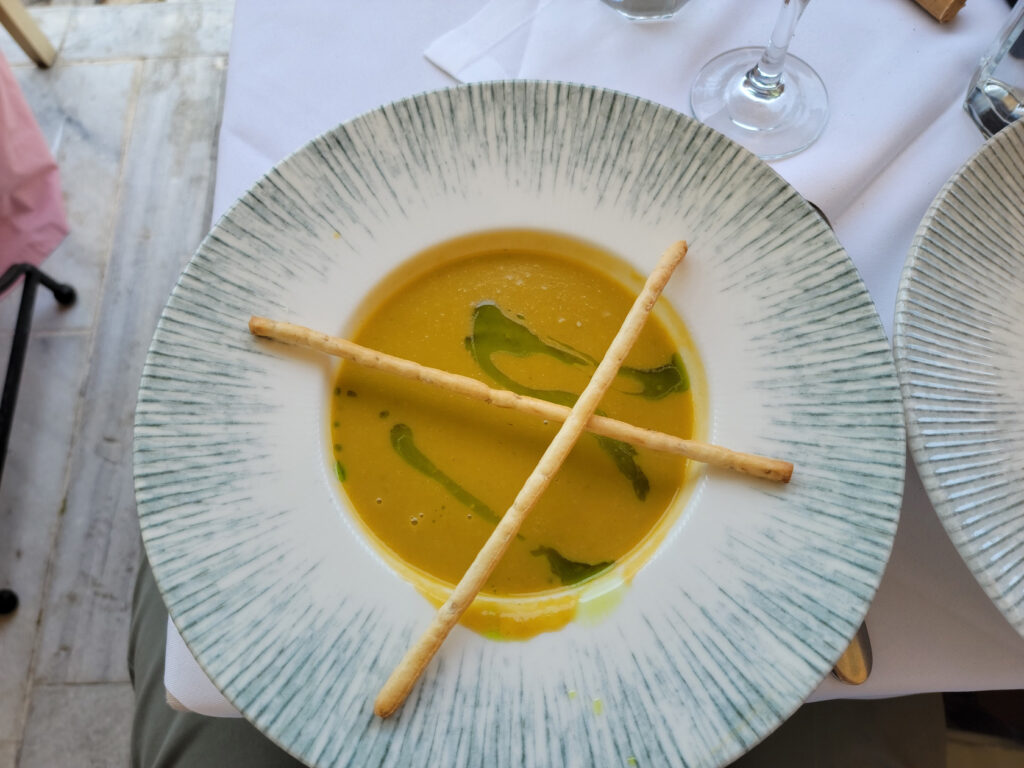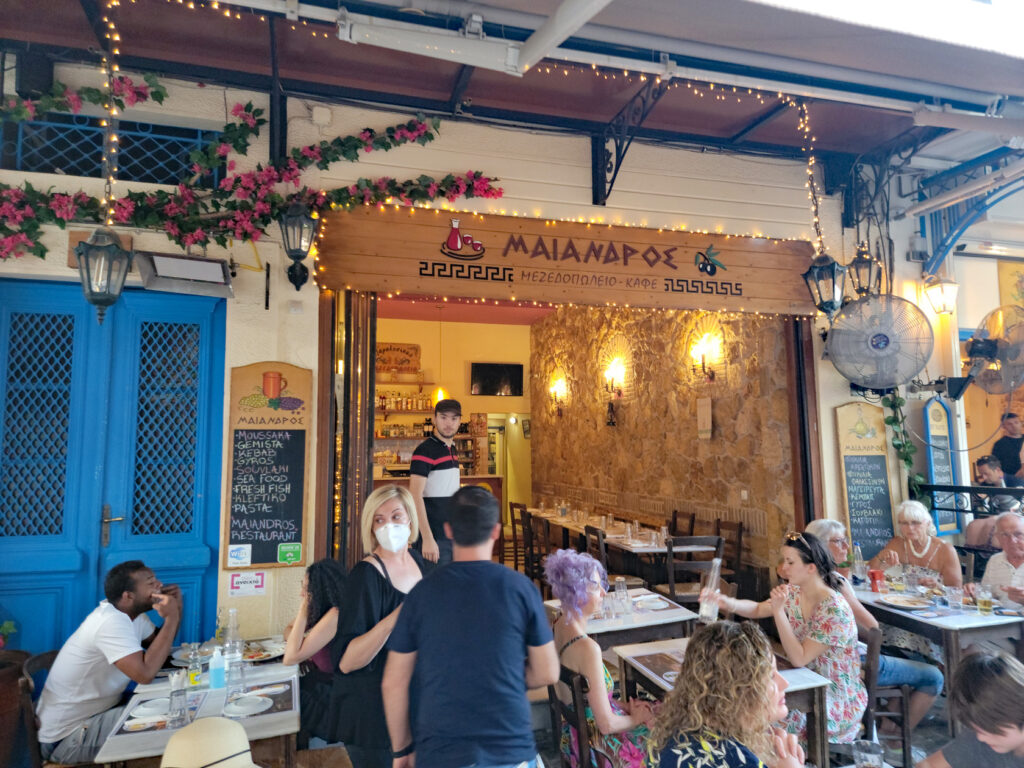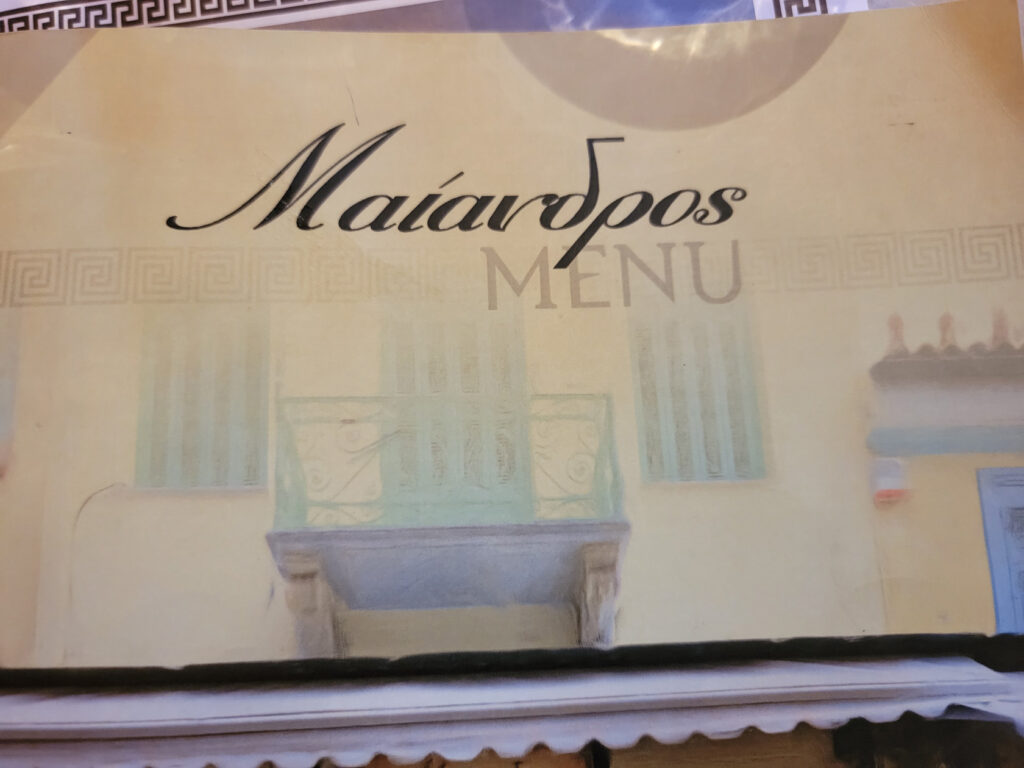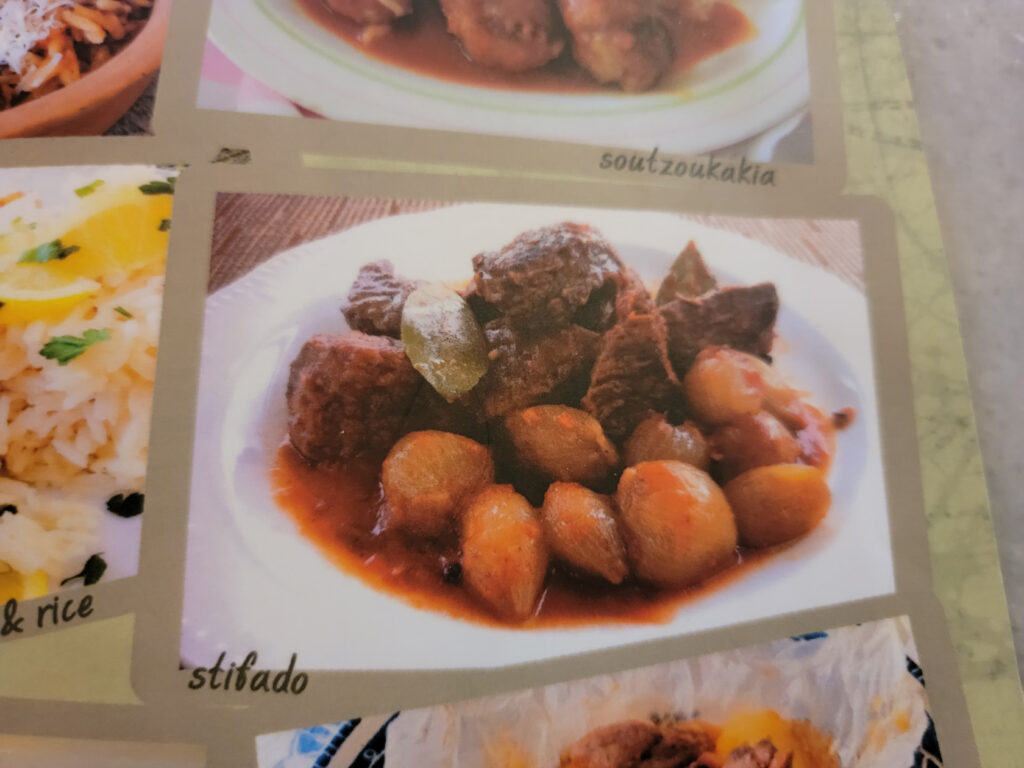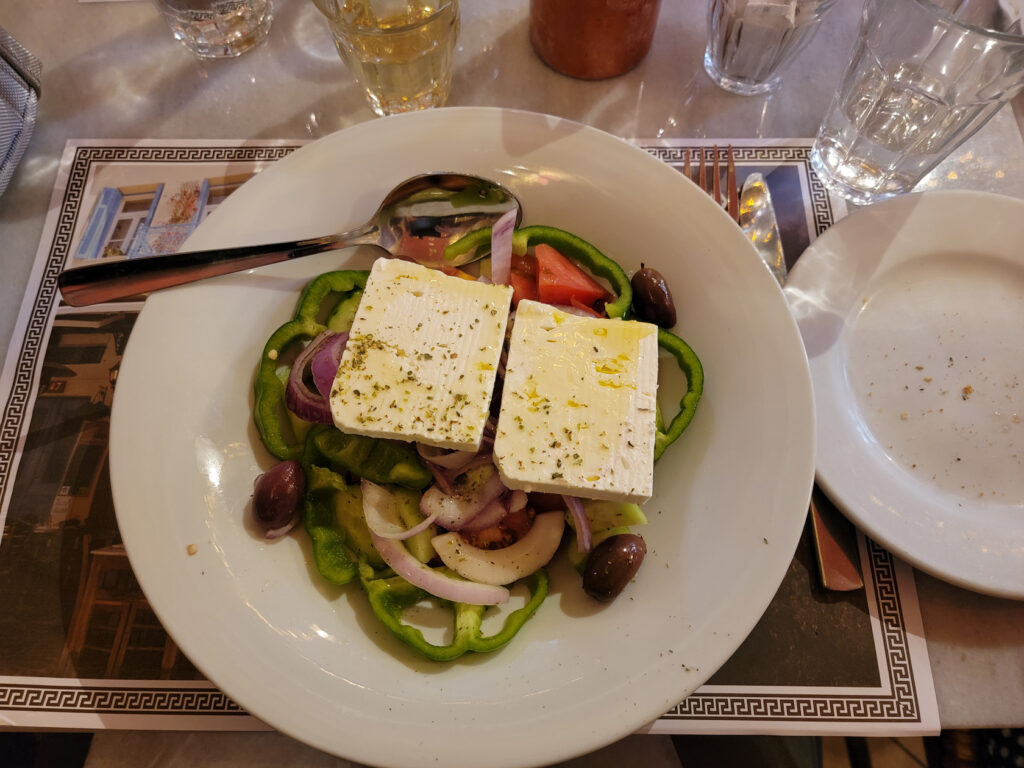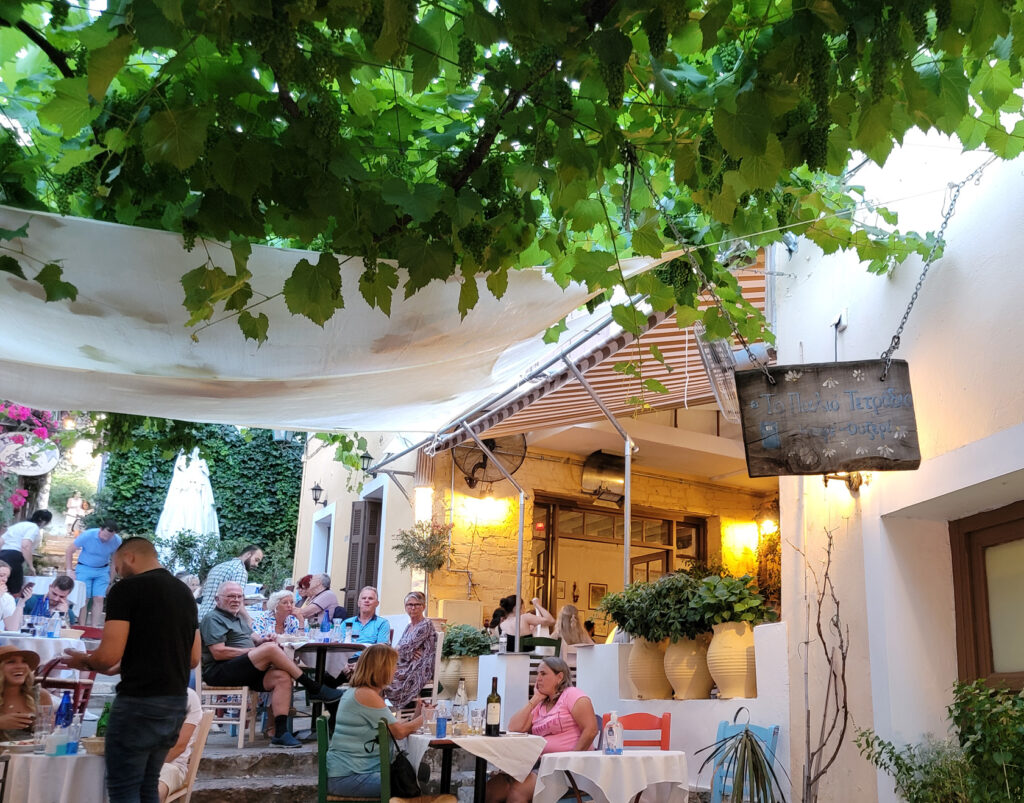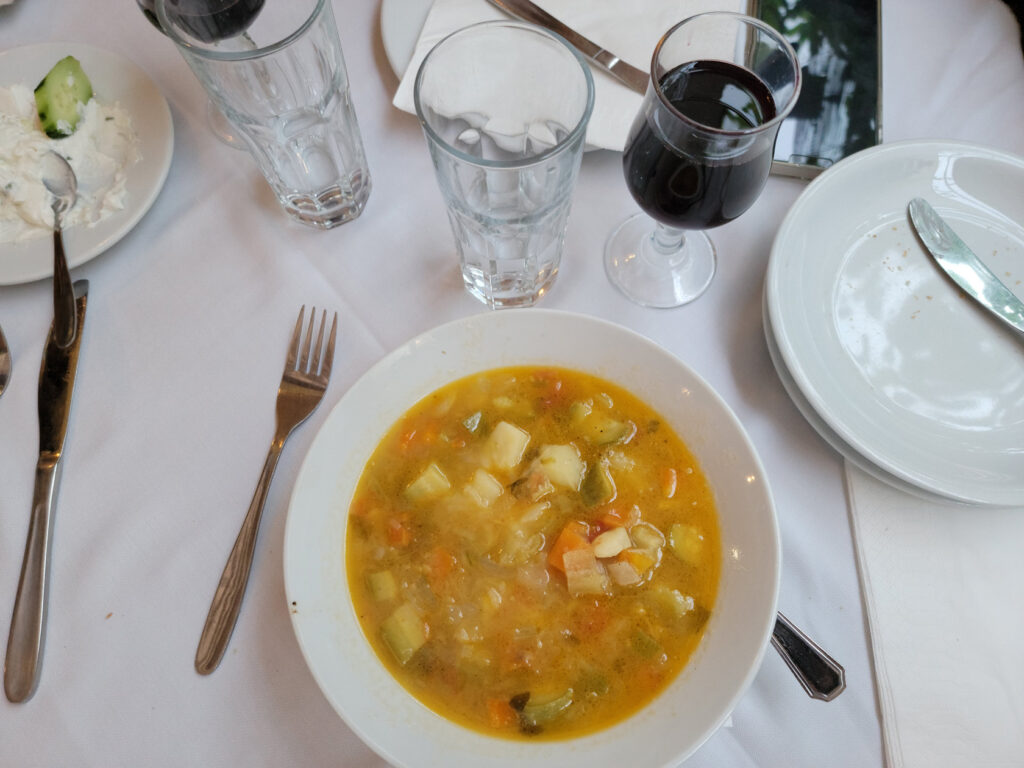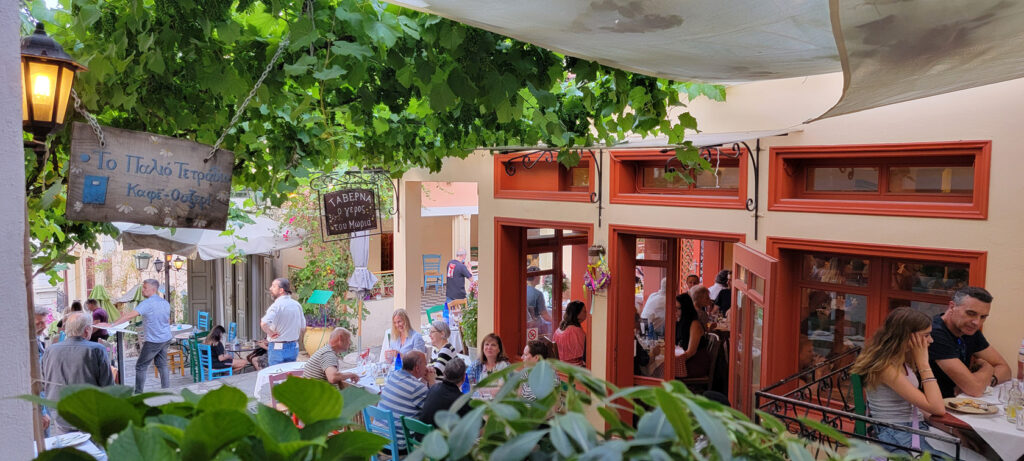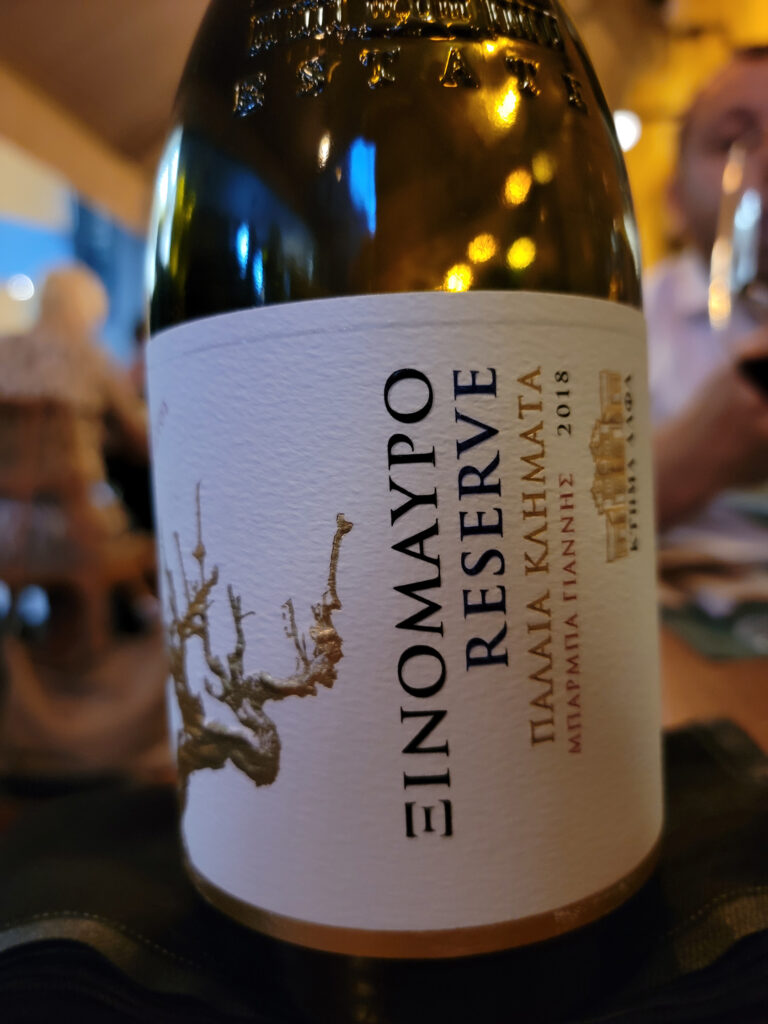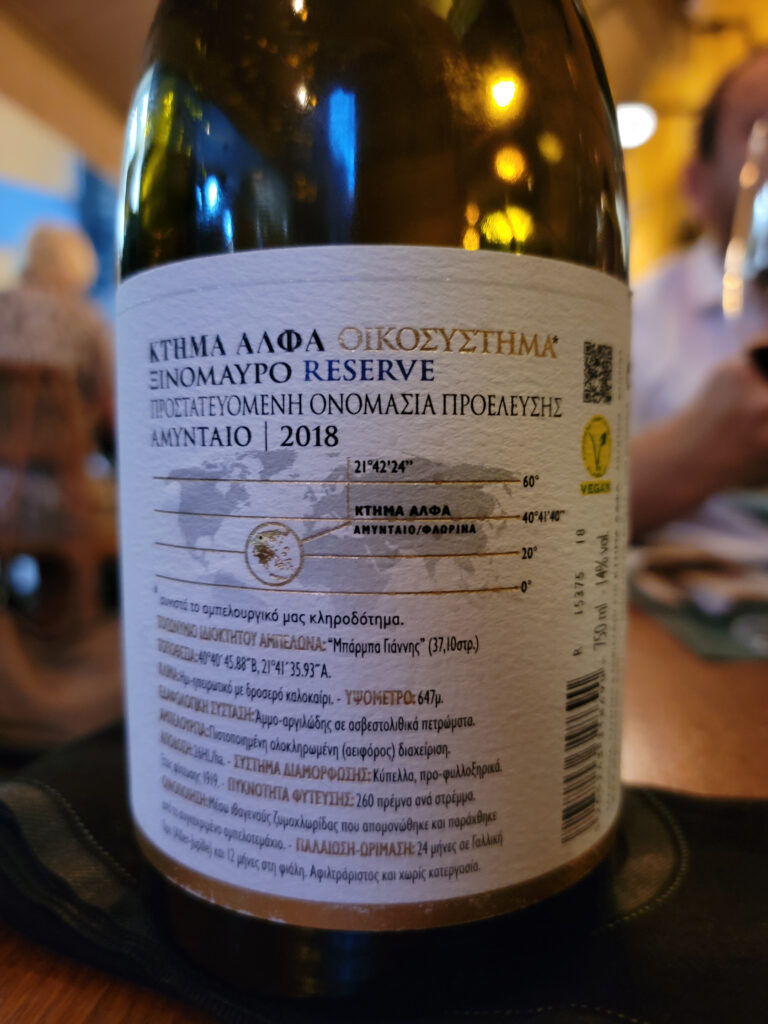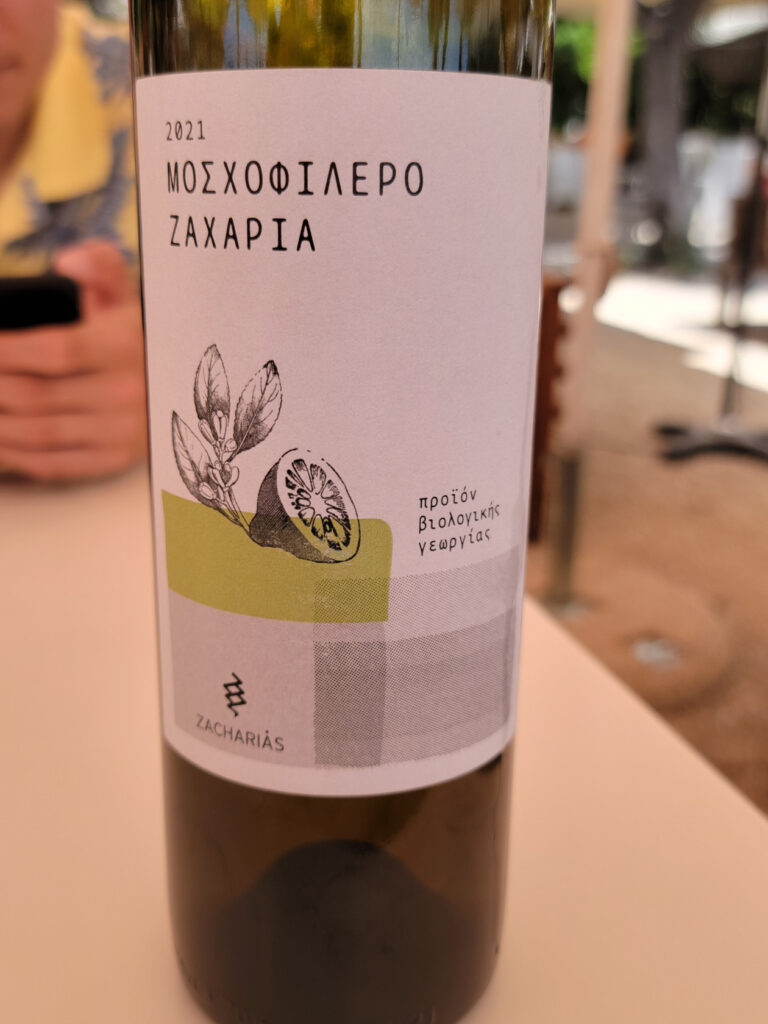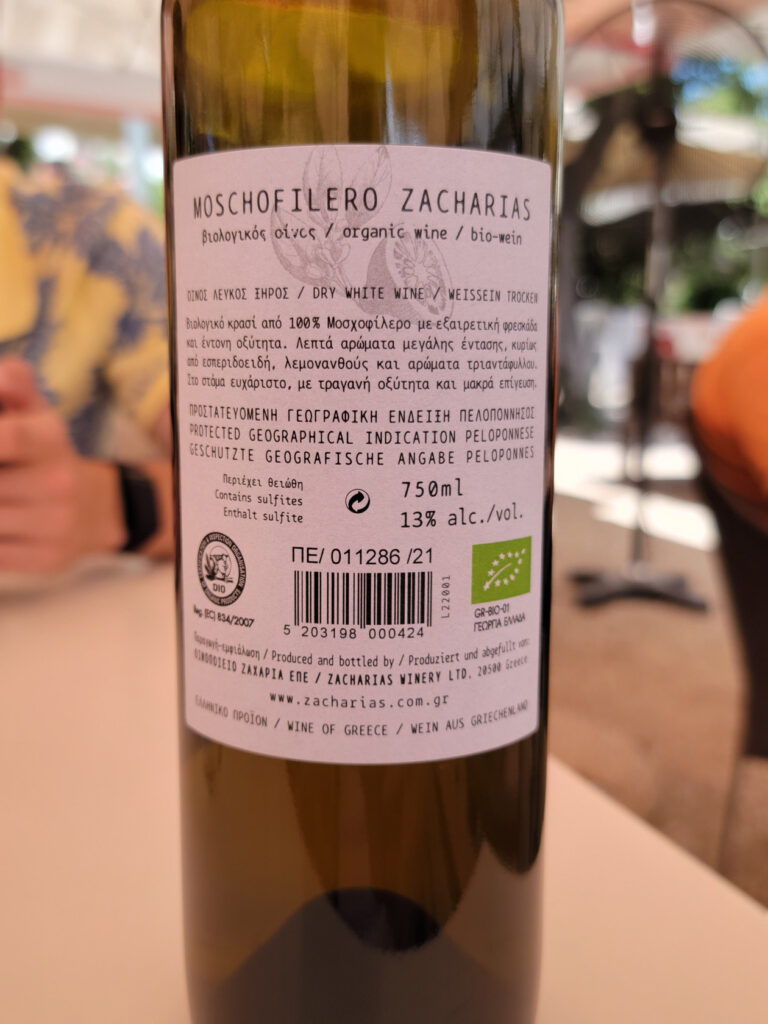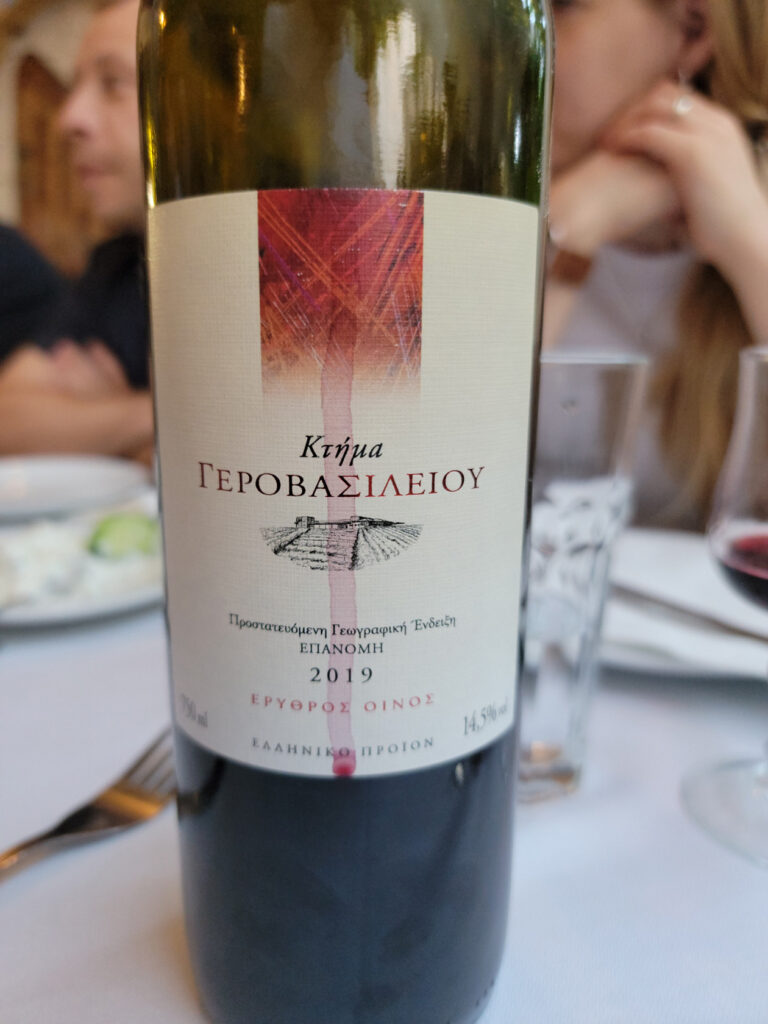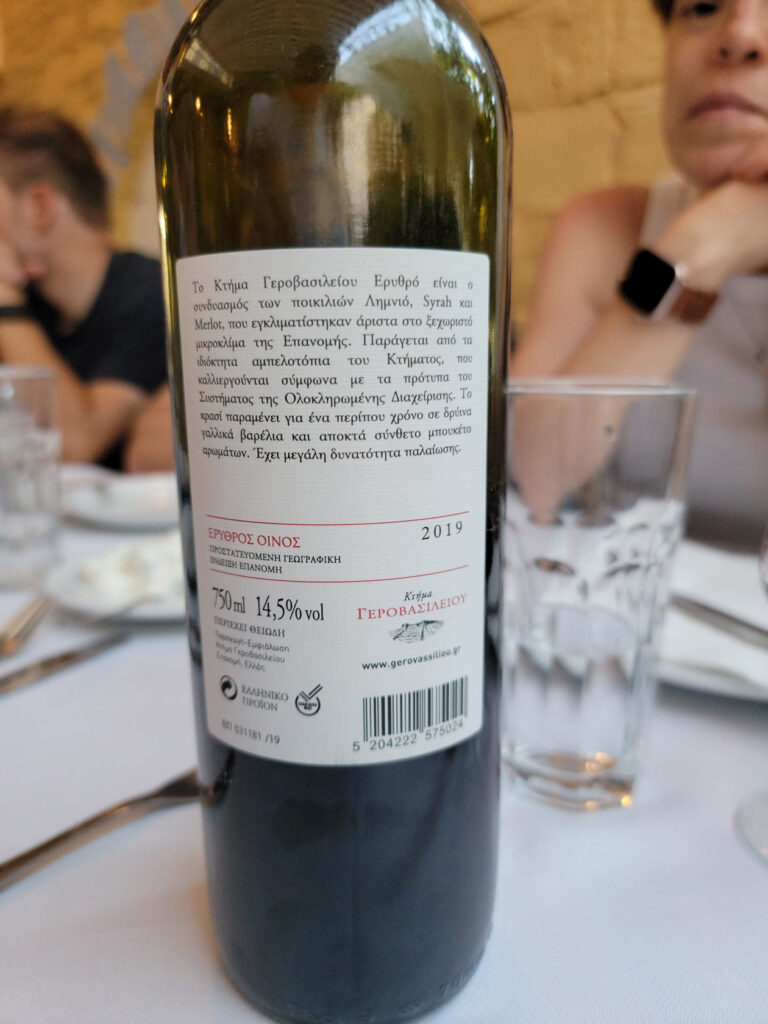Athens – Superstitious Beginnings
This blog article is split into three separate acts. Not necessarily in homage to the Greek tradition of plays, but more that our trip turned out to be more of a Greek tragedy. A milder version of one of course, but one nonetheless.
We do not know if it’s the land of bad karma, bad juju or what, but for the first time in our long lineage of trips, almost everything that could go wrong did. That is not to say, there is something wrong with Greece as a whole, it could just be us (and probably is), or we just may happened to have had a bad sequence of events occur. However, always being guided by the premise that bad luck runs in threes, we are now beginning to think that is just an arbitrary number, it appears it can also be all sixes and sevens.
To add some preamble here, there were six of us traveling from three different parts of the globe. My wife and I from Italy, Ericka and Gabriel (Gabi) from Germany and our two sons, Dana and Tristan, from the United States.

The first sign there would be any trouble was a line of storms that developed the day of travel and stalled along the east coast. Since they were flying into JFK, both of my sons had their flights canceled. They were able to get booked again for the next day, after having wasted their entire Friday sitting in an airport or on an airplane. Luckily, the new logistics worked and they made it to Athens a day late and one vacation day less, but with all of their luggage.
Once altogether, we learned that our son Dana and our son-in-law Gabi had both gotten colds, so right away we were thinking of the possibility of Covid. Luckily, that was not the case either, they were just feeling the effects of common colds brought on by loosening restrictions.
In any event, we pressed on with our vacation. The next day, upon trying to enter a museum, we quickly discovered that I had purchased a five day pass for everyone, which of course did not start until our last full day in Athens. Not sure how I did that, but I just chalked it up to old age and moved on. Luckily, nothing else happened to us the next few day in Athens.
Athens – The City
The modern part of Athens is typical city for a city of central Europe, containing a core with upscale shopping surrounded by environs of more modest means and services. In some places it looks like it is in desperate need of planning and repairs. But for the most part things appear to work quite well by Greek standards.
No visit to Athens complete without seeing the changing of the guard at the National Memorial of the Unknown Soldier.
Lycabettus Hill
Located northeast of the city center is the hill of Lycabettus, atop which sits the Church of Saint George. About a thirty minute walk from the Monument of the Unknown Soldier you can reach the cable car at Lykavittós and for a modest sum, a ride to the top.

The views are pretty good from this vantage point, so you will want to pick a clear day. It is a very good place for a panoramic photograph of Athens.
You can also visit the church and then have a relaxing drink at one of the many bars on this hilltop.
The Acropolis
The Acropolis is a historic site with few equals. Perched atop a hill overlooking the rest of Athens, this great structure must have been magnificent in its day. Entering through the Beulé Gate, you ascend the Propylaea with the Temple of Athena Nike to your right.
Temple of Athena Nike
The temple stands to the right of the entrance, almost as a sentinel to this very religious place. Situated to the right of the Propylaea, it is the most fully iconic temple in the Acropolis. Unfortunately what we see today is a reconstruction of what it must have looked like before the Turks destroyed the temple in 1686.
The Parthenon
Under a constant state of preservation, repairs and reconstruction the Parthenon is well signed and for the most part well protected from the tourists. It is an impressive structure, when placed behind the backdrop of history, being built more than 2500 years ago.
There are a few additional points of interest below the Acropolis, but no less important.
The Erechtheion
My favorite is the Erechtheion and the Porch of the Maidens, also know as the Caryatid Porch. It is one of the only, if not few, buildings in the Acropolis that does not have a symmetrical architecture. It is theorized this either had to do with the numerous cults that built the structure, or the uneven ground it was built on, making a classic Greek structure impossible.
From the southeast side the asymmetry is easily seen, with the Porch of the Maidens displaying its most iconic feature.
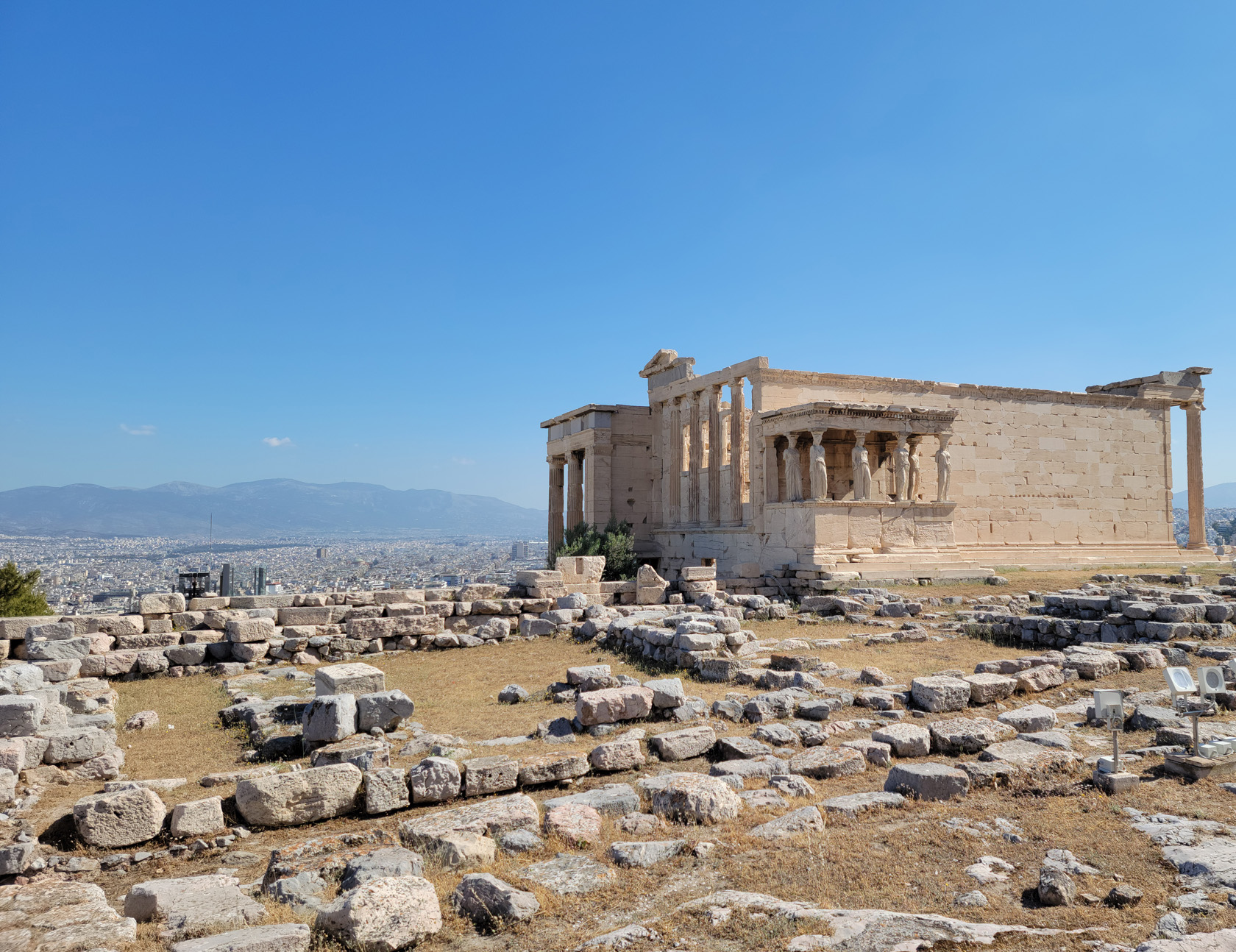
The Agora
Not far from the slopes of the Acropolis is the Agora, or the central meeting place for all ancient Athenians. Primarily of religious significance, but also used for business, politics and artisans. The main street was called the Panathenaic Way, which ran through the Agora to the main gate of Athens.
Stoa of Attalos
The Stoa of Attalos was central to the Agora and primarily used as a place to conduct business. Stoae are buildings constructed with a portico, as a defense against the sun and weather. It was reconstructed in the 1950s, using many of the original pieces, especially on the north side of the building, but reinforced in the basement area in order to be properly repurposed the building as a museum. Here is where the trades people, artisans and shop keepers could sell their wares and conduct business.
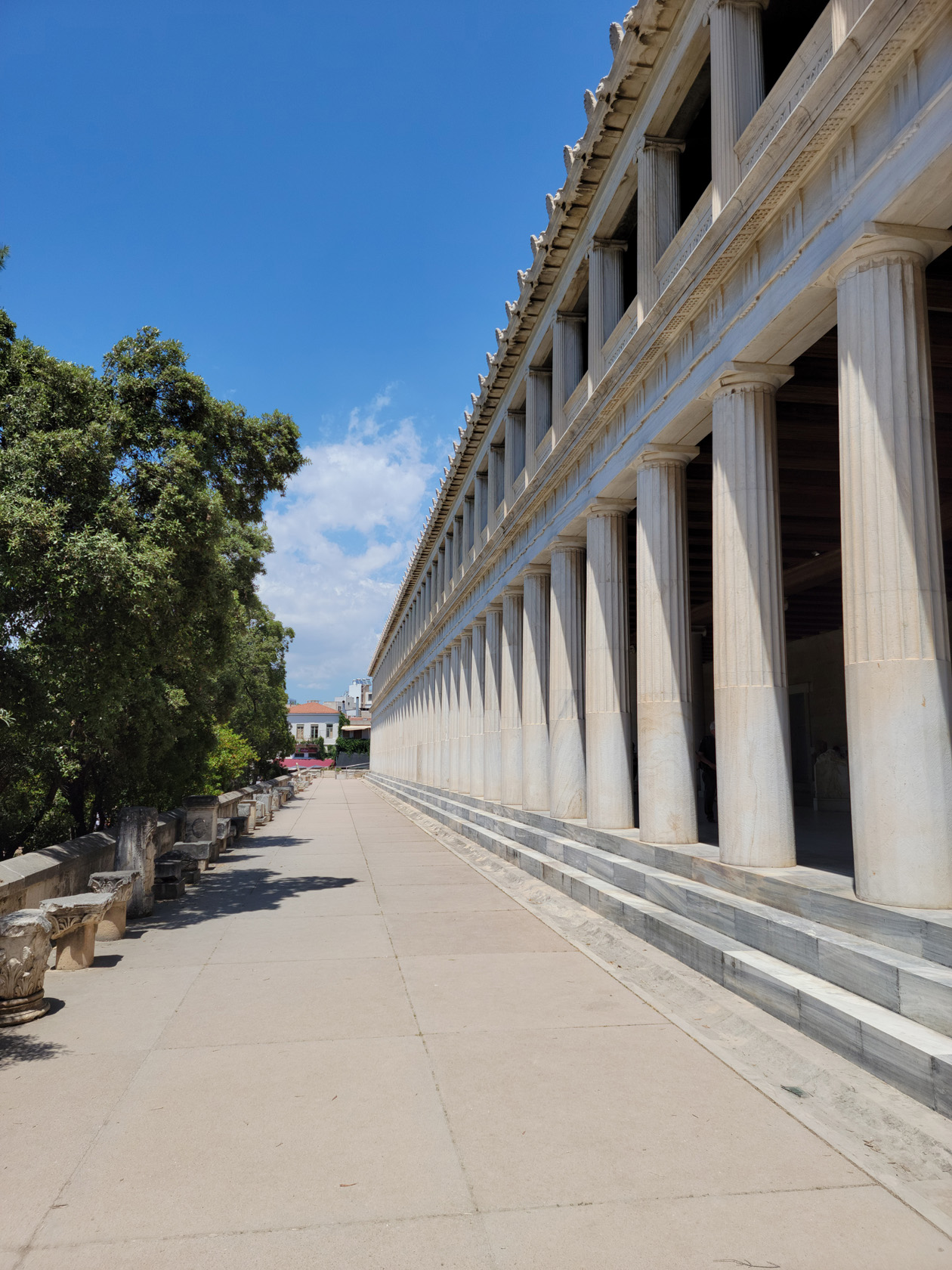
The portico serves as an outdoor museum, while the upstairs serves that same purpose, but provides that more indoor feeling. Many of the pieces are statues and busts of high ranking individuals in ancient Greek society.
The Temple of Hephaestus
Probably the most well preserved structure on the grounds of the Agora, even parts of the roof are still intact, is the Temple of Hephaestus. Considering its age and that fact that it was never destroyed during a war or plundered for building materials, it stands nimbly on the grounds of the Agora as a testament to Greek architecture.
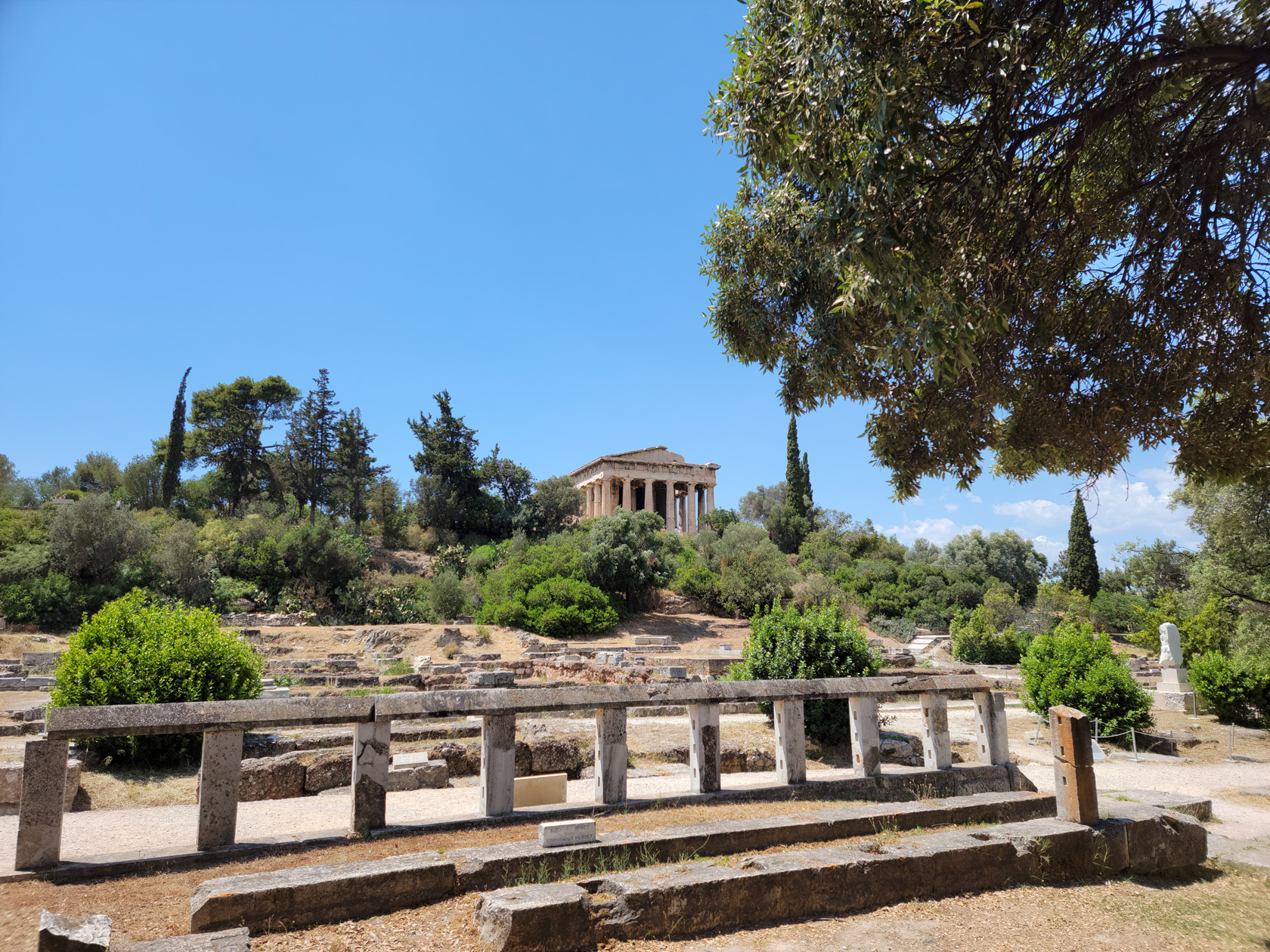
Walking around the structure one can easily take photographs of its interior and columns.
The Odeon of Agrippa
Unfortunately not much of the Odeon of Agrippa structure still exists, with the exception of its magnificent columns. Built in relief, the four columns depicted giants and tritons, all of which are heavily damaged. Initially designed and built as a hall to hold performances in, its structure was not designed like other buildings to endure the ages. It fell into ruin fairly quickly and was rebuilt at some point in the second century and repurposed later as a lecture hall, only to be destroyed by a Herulian raid in 267 CE.
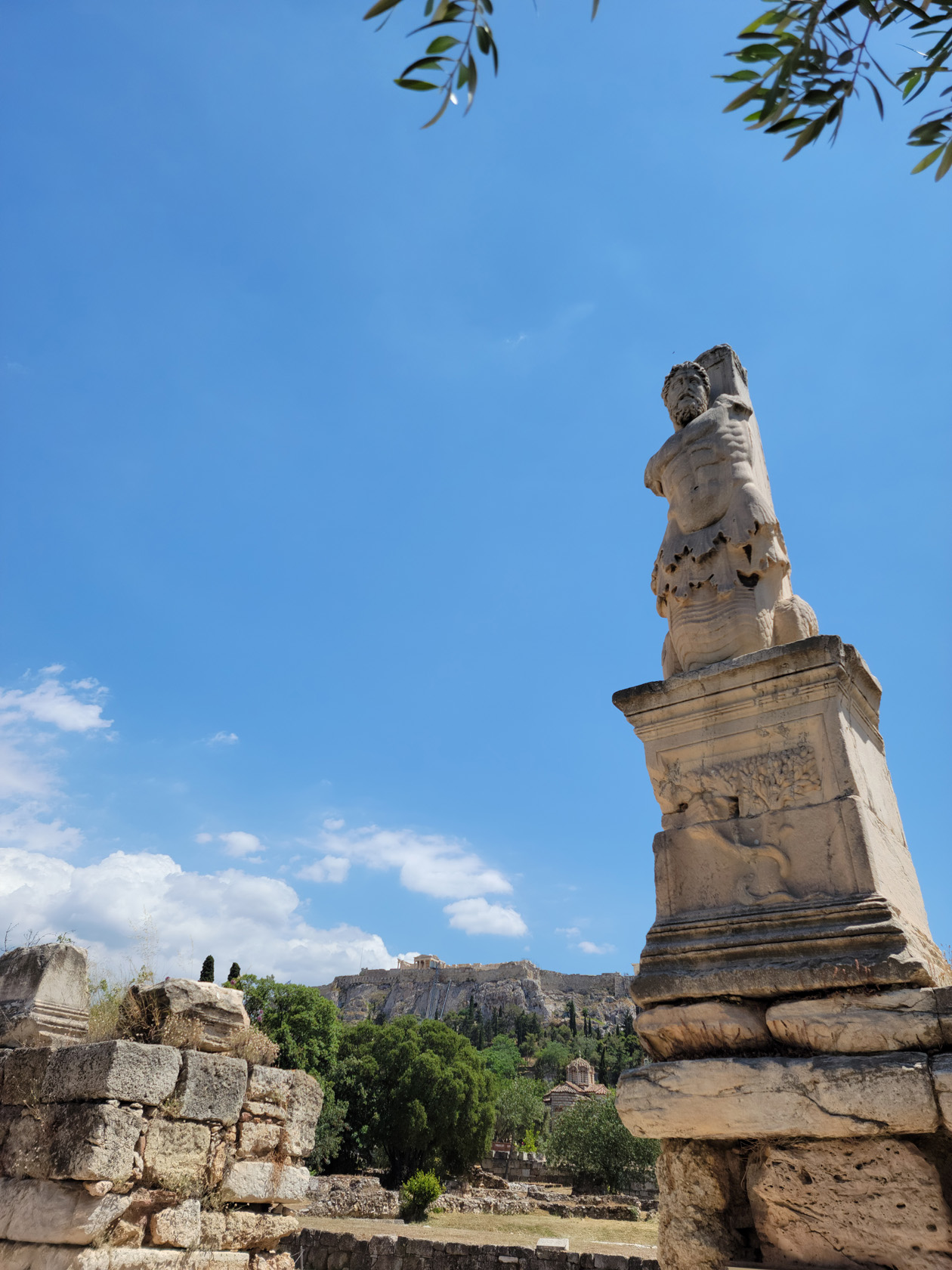
Restaurants
As with any large European city restaurants abound in Athens and it offers a wide range of cuisines and options for anyone’s appetite. With some proper planning and reservations you should have no problem enjoying Greek dining during your vacation. Failure to do so will in most cases result in long wait times and exploring other options.
The Arcadia
We ate lunch at the Arcadia and enjoyed a very nice meal after a morning of exploring Athens.
Maiandros
Reservations are a must for this restaurant. The Maiandros Restaurant gets high marks for excellent traditional Greek cuisine and price. If you want to take advantage of its fine cooking and still have money left in your pocket, look no further than this restaurant. I would suggest ordering the Stifado, if you are meat lover (which I am not, but how could I resist), you will not be disappointed.
PalioTetradio
Perched atop a long staircase on the slopes of the Acropolis sits the Palio Tetradio. This little alley and staircase is packed with restaurants and is more of a tourist attraction and known for its ambiance, than its food and service.
However, they do have live music and since several of the other restaurants have their own musicians, it can feel like dueling musical talents as some points during your dinner.
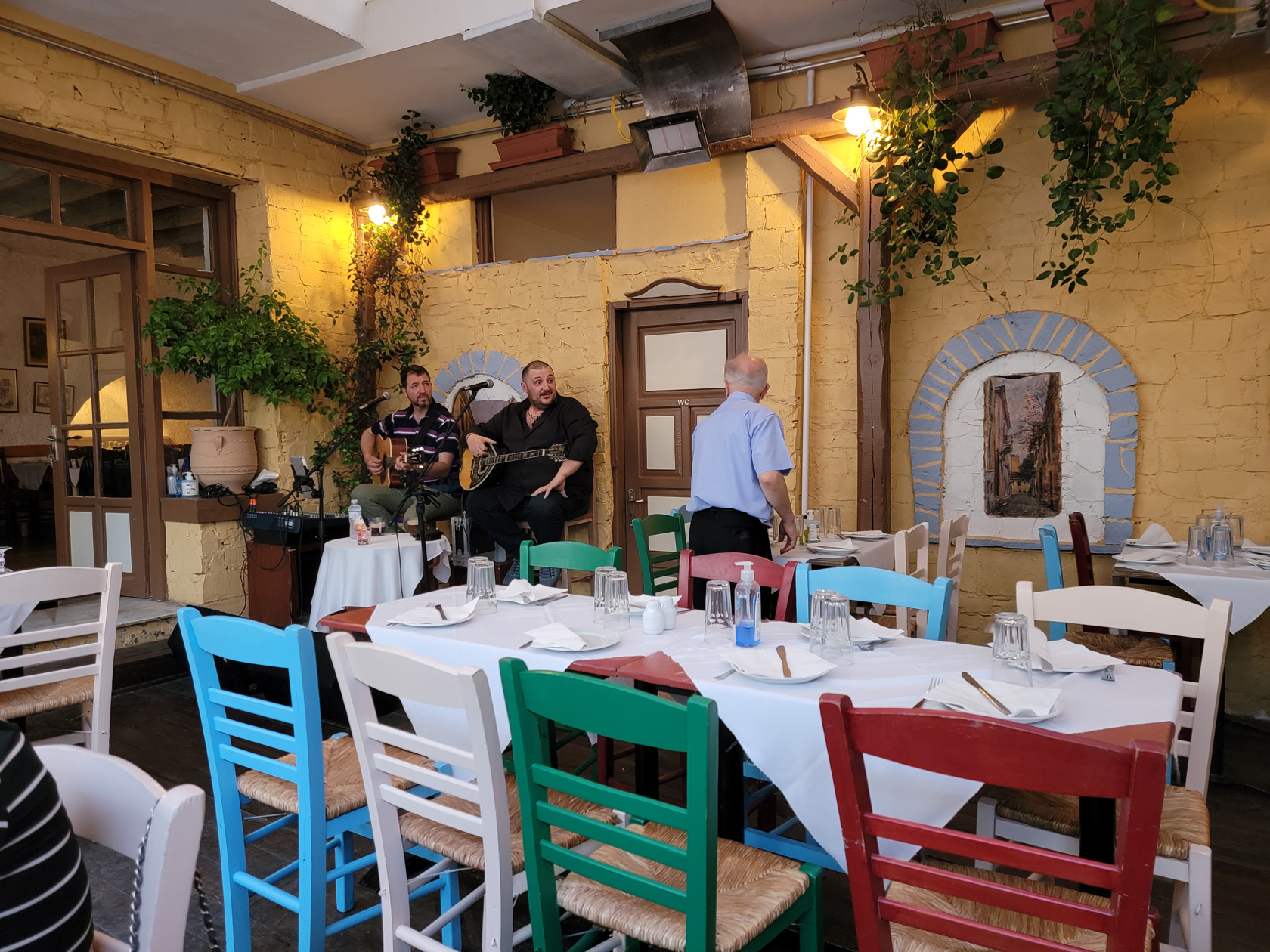
Wines
The following wines we enjoyed while dining in Athens. You don’t necessarily have to purchase a very expensive wine, most house wine is completely drinkable and satisfying.
A Map of Athens
